
our little travel buddy |

|

picture from Sarah's travel journal |

|
AirBnB (Cesi)
Cesi is an ancient town carved into the mountain. Many of the homes (including our AirBnB) have a little cave at the end of the ground floor. It keeps everything cool and damp. Our home was super cozy and cute.
|

view from our rooftop terrace |

|
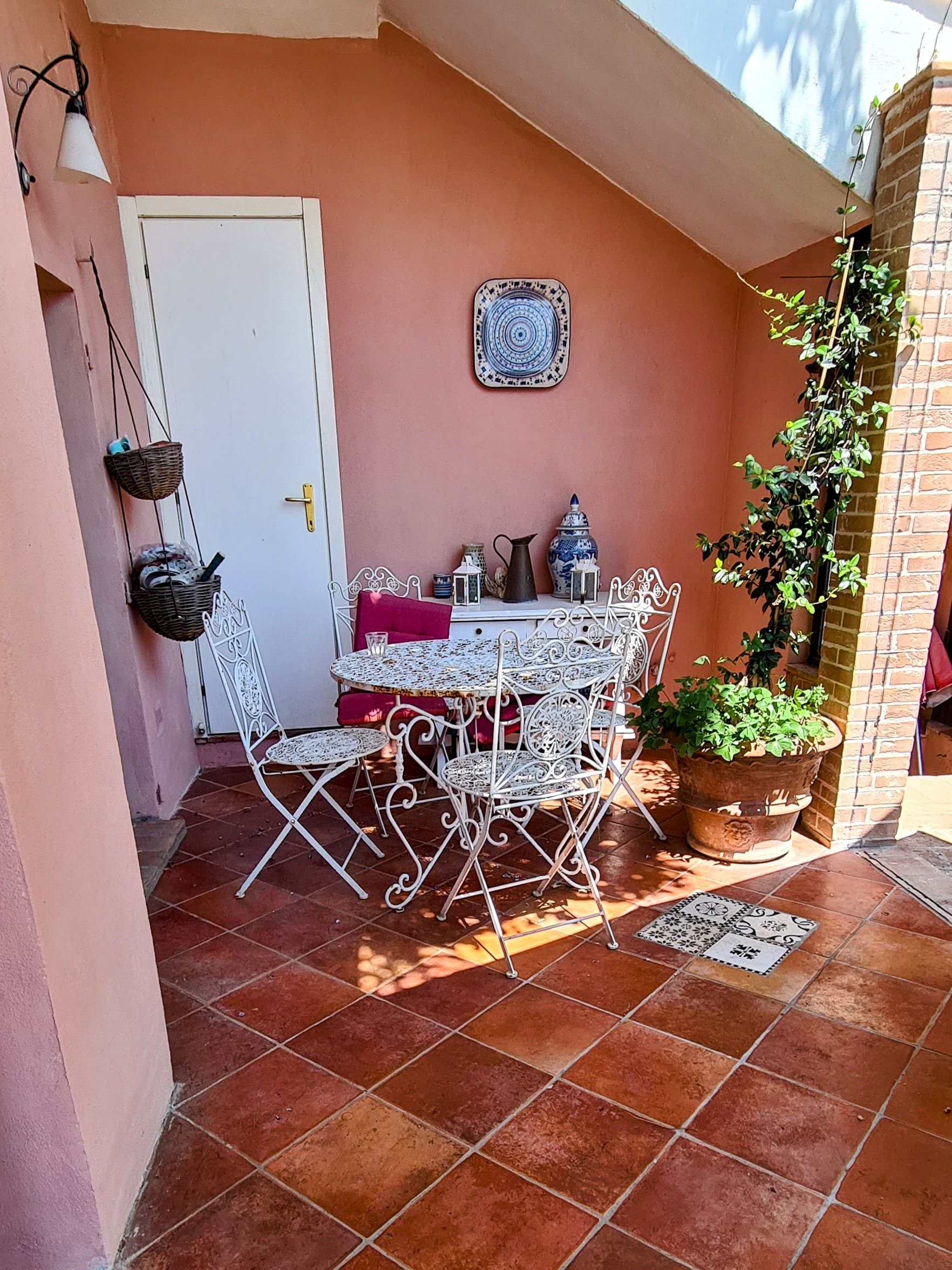
indoor outdoor living |
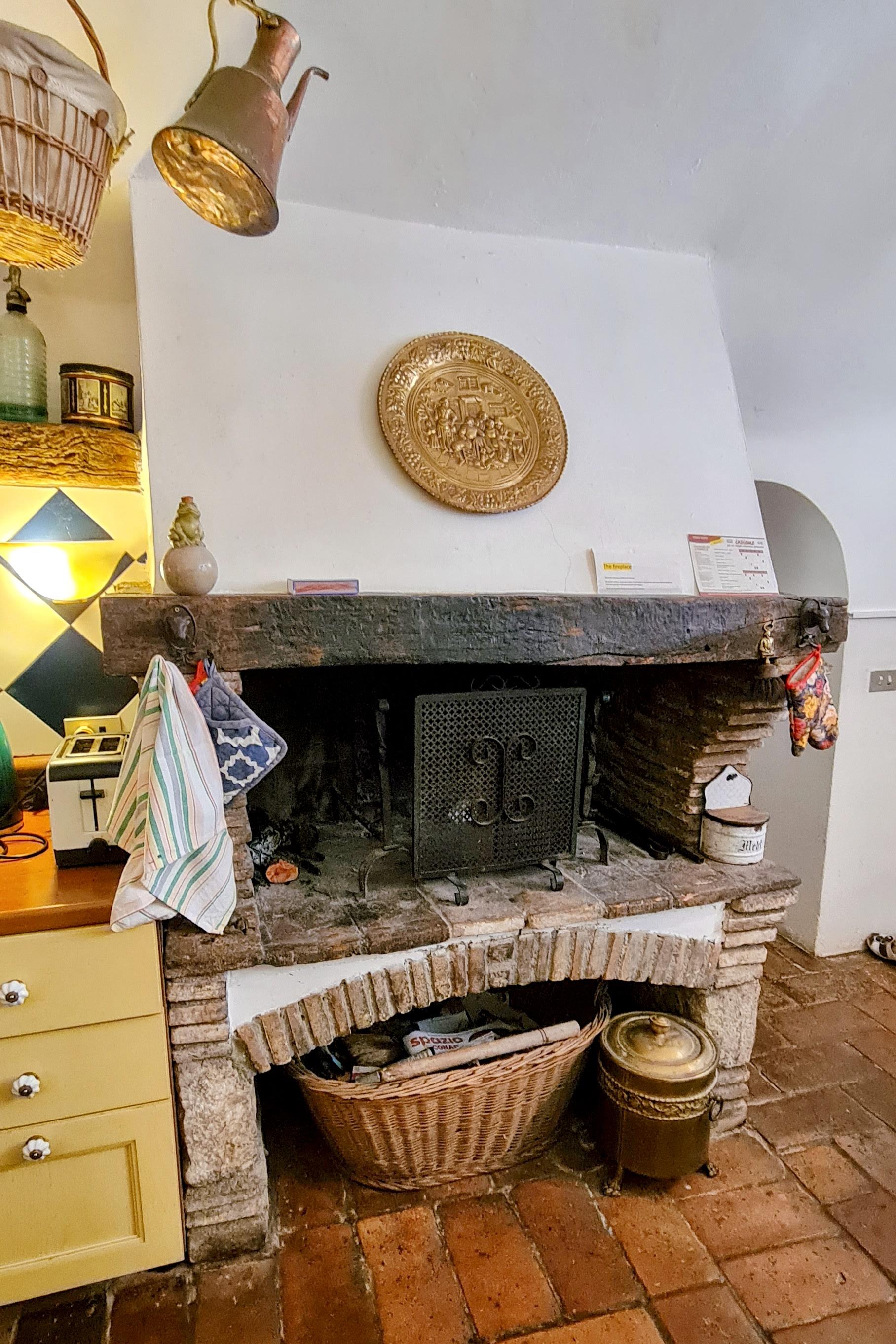
our landlady told us that we are welcome to use the fireplace to cook sausage like everyone else in the town :) |
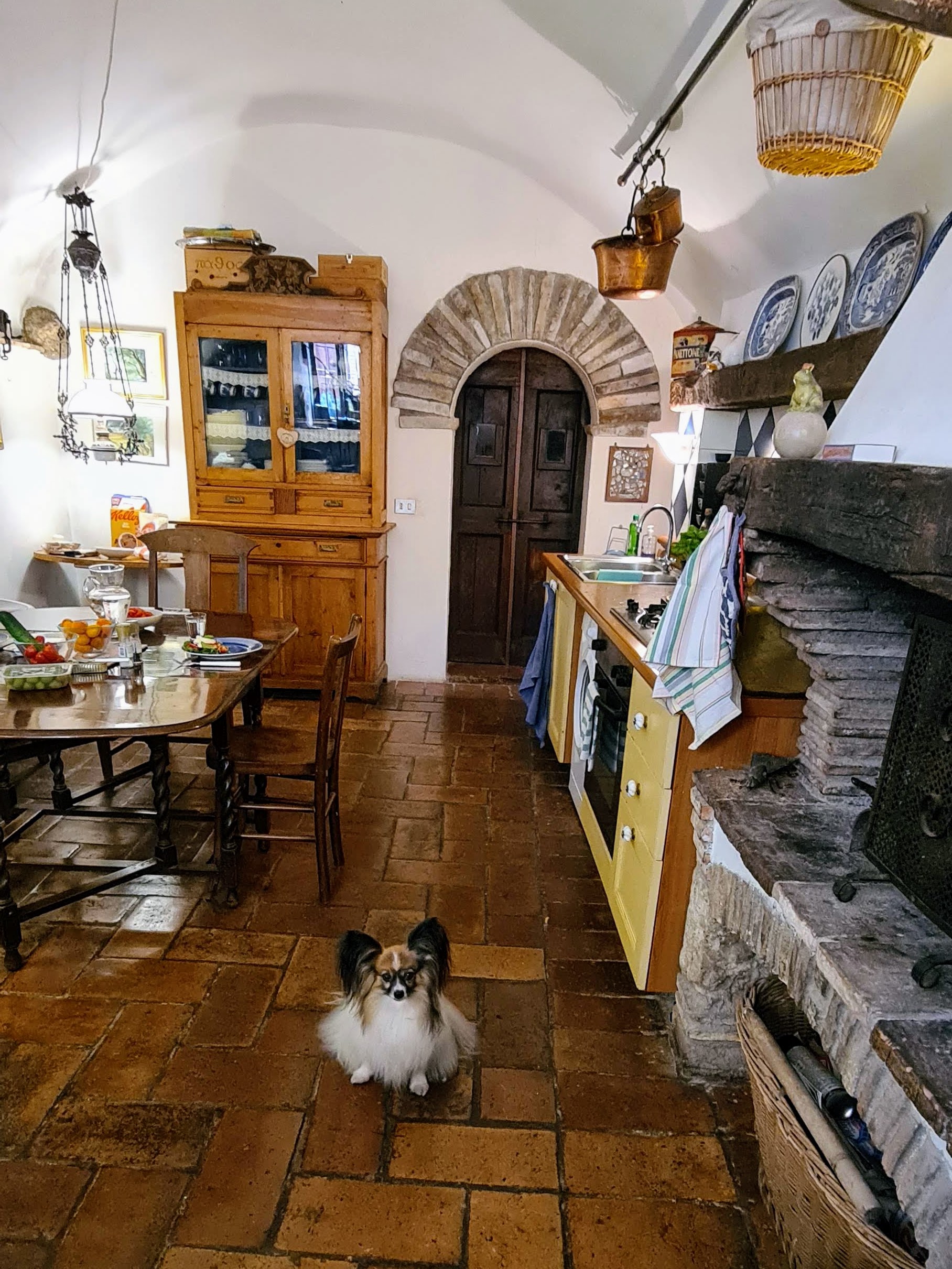
ground floor (cave entrance at the back) |
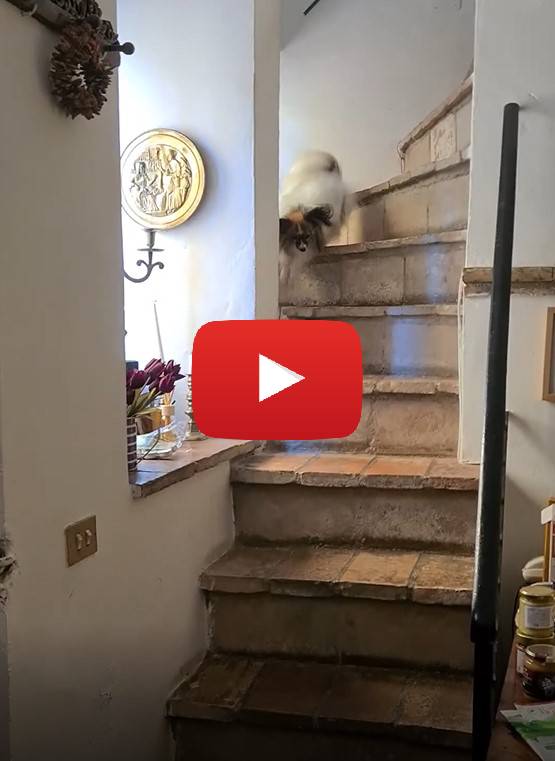
|
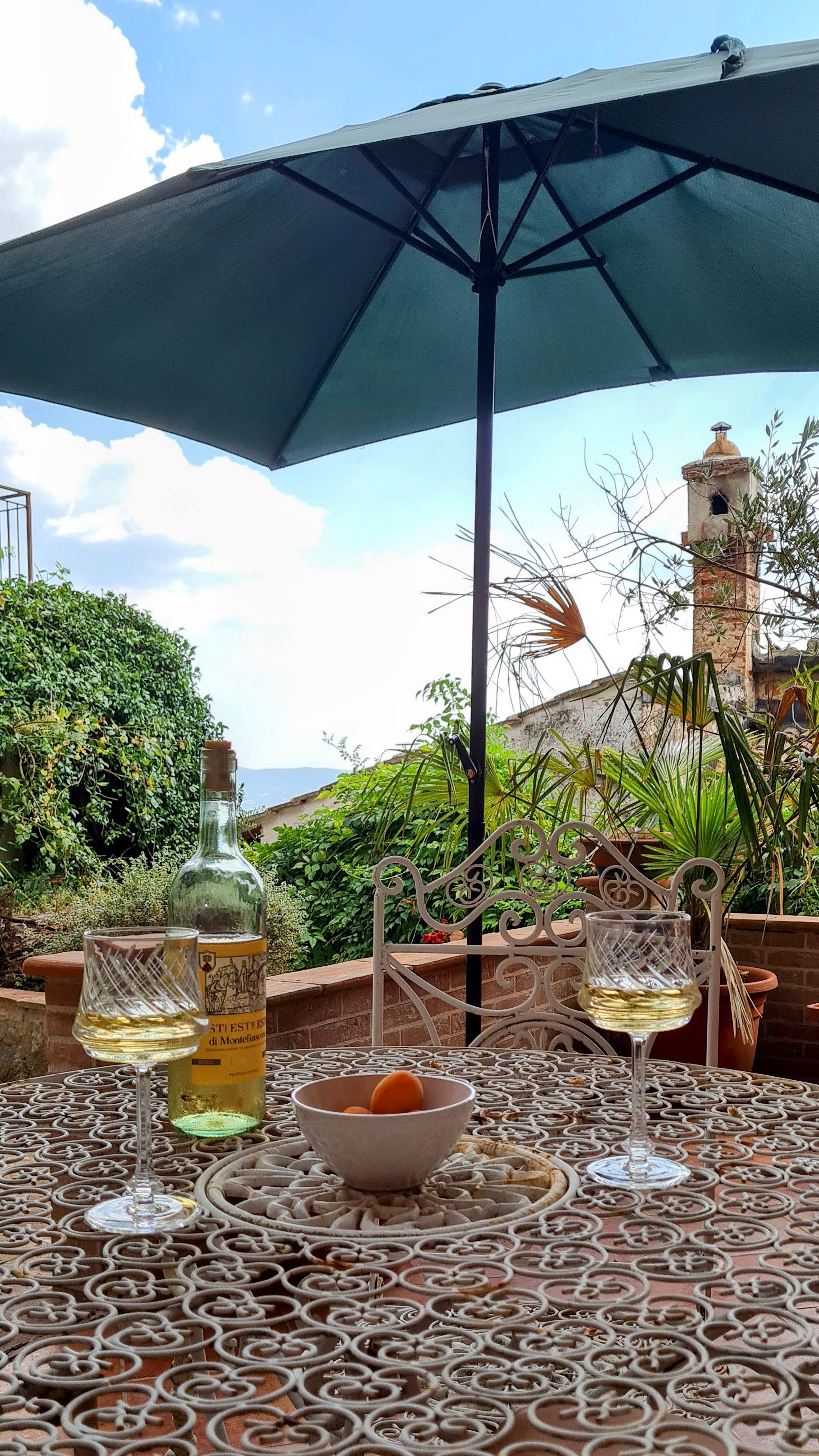
2nd level outdoor cafe table |

3rd level garden |
San Gemeni
The first thing our landlady said to us after explaining the home was that we should get coffee in the main square of San Gemini. It is one of the most gorgeous local towns. Everything was beautifully restored. They had about 4 nice dinner restaurants as well.
|
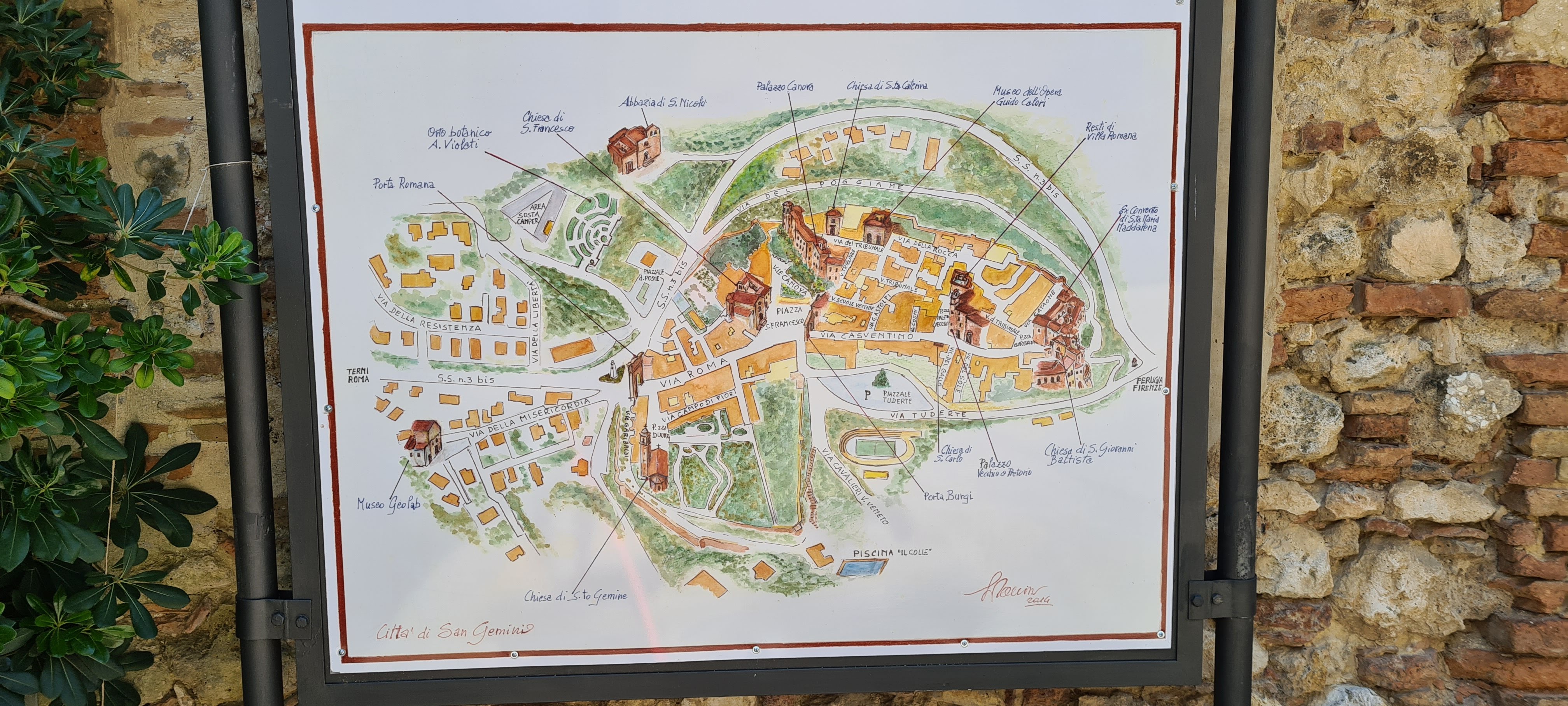
|

main piazza (square) |

just a cute little store specializing in selling bee products |
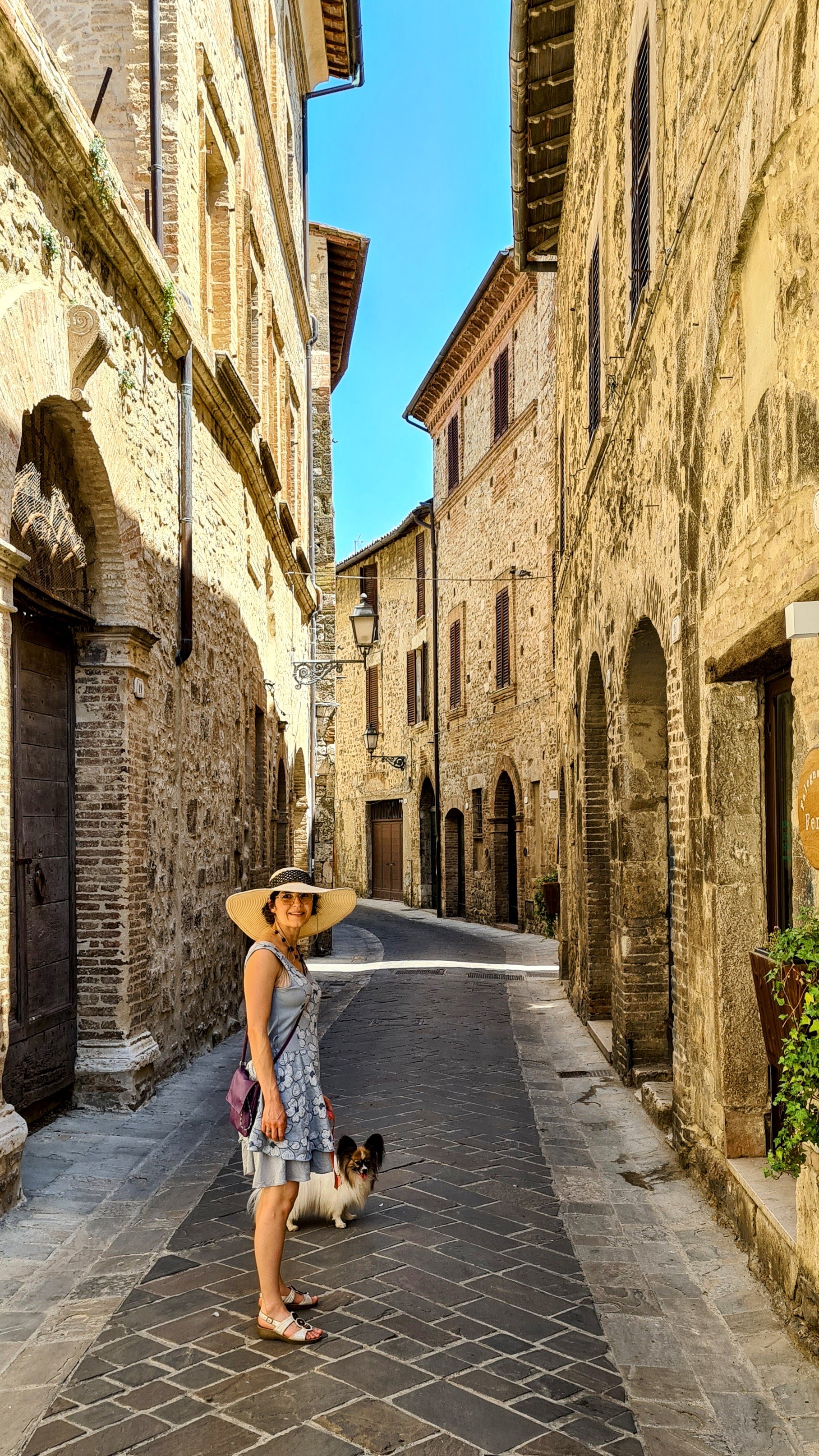
|

|
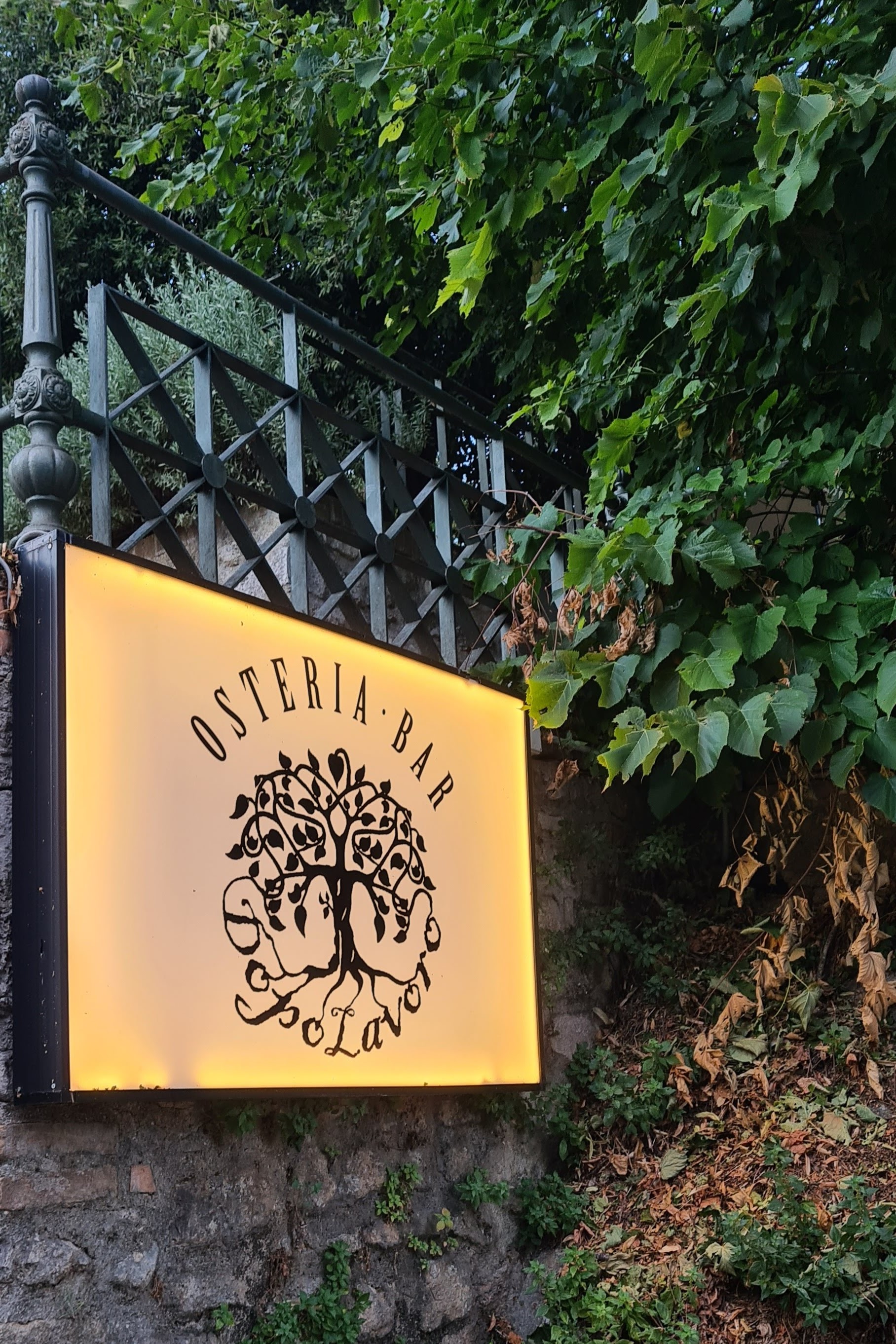
Dopo Lavoro ("after work") |
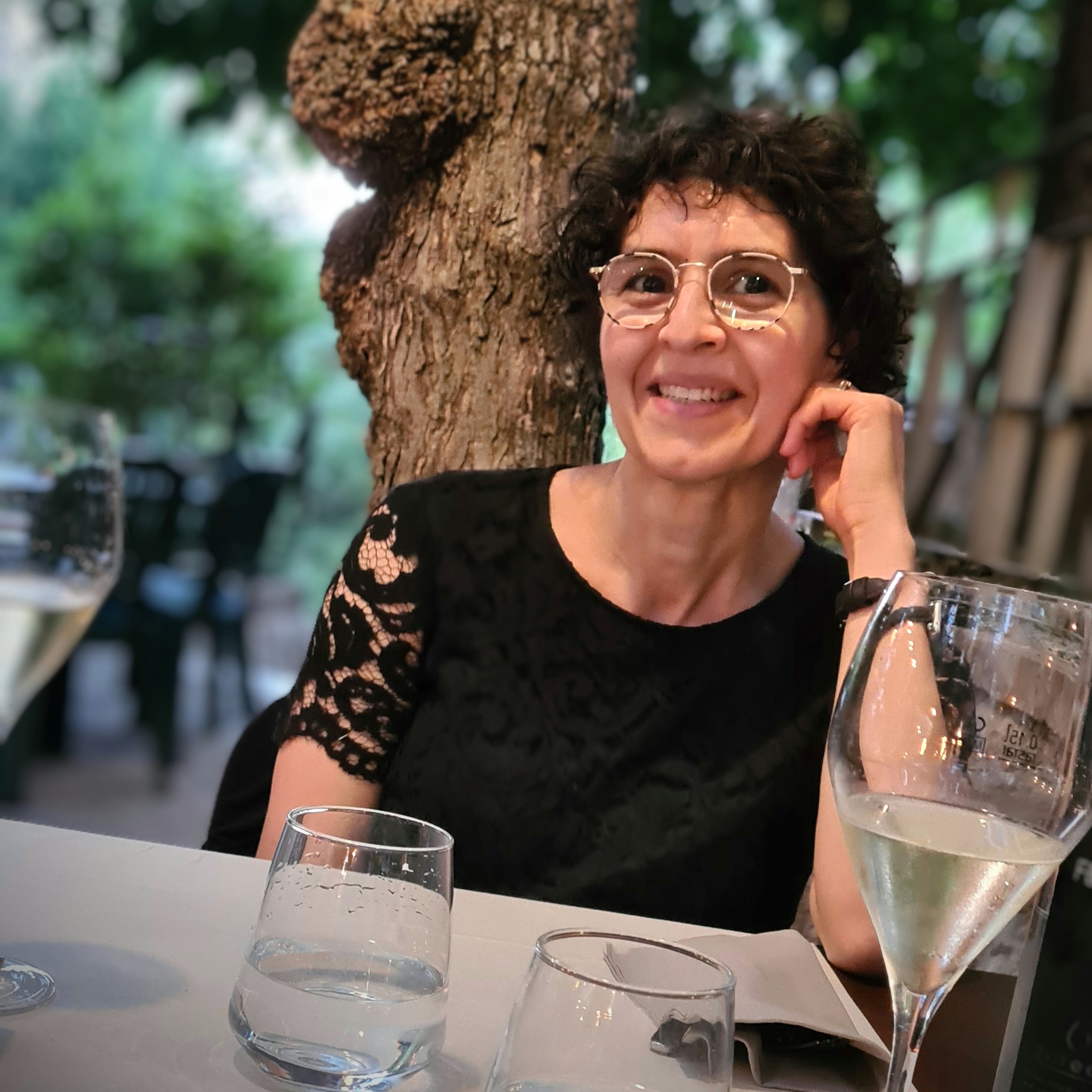
had an amazing dinner here |

|

|
Amelia
The Amelia Familia! Amelia was probably the largest historic city center in Southern Umbria. They had their own annual version of the Palio with each section of the town displaying their own flags.
It used to be on one of the main Roman road to the north (Via Flaminia) and there is a portion of the main street showing some remains.
|

|
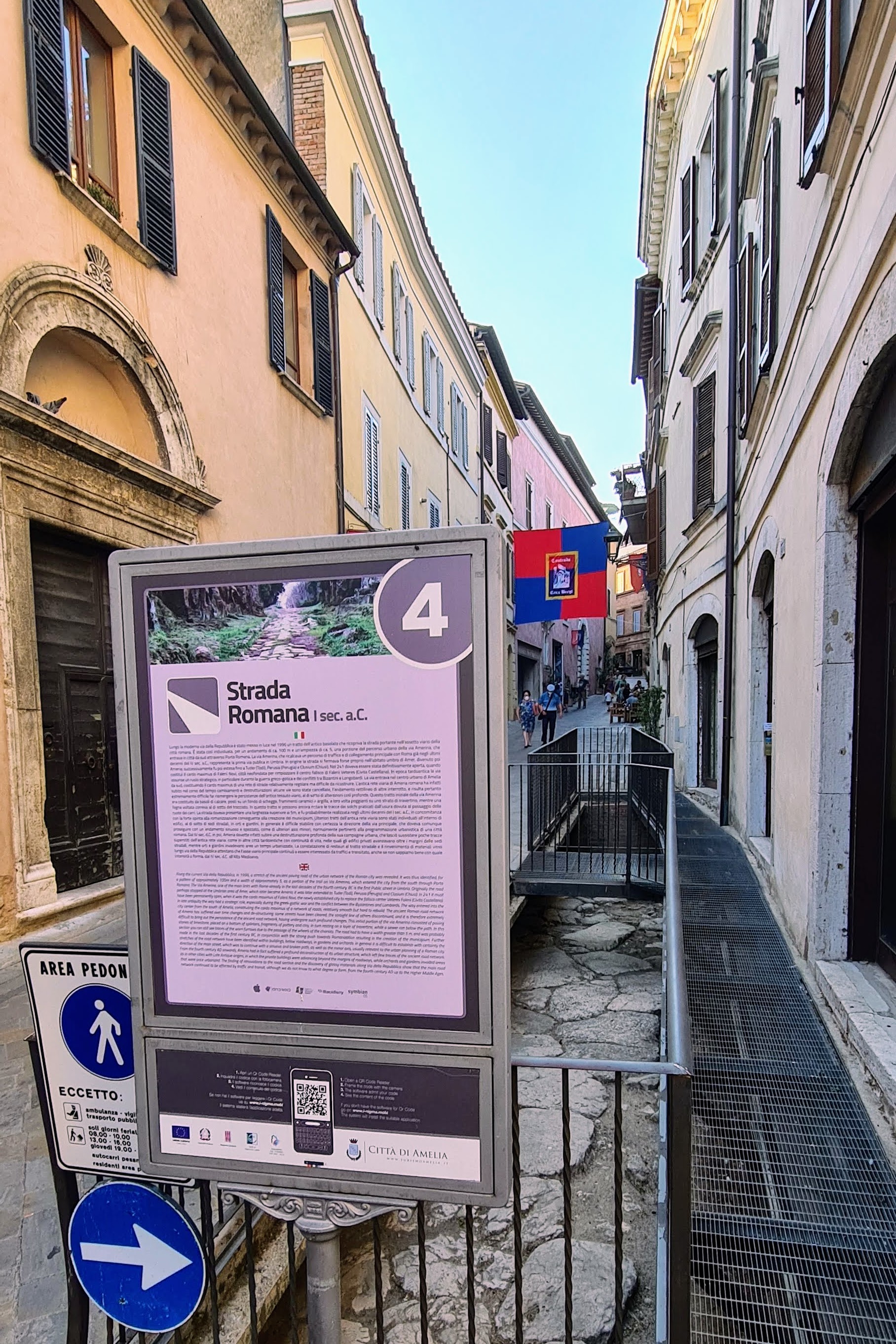
|
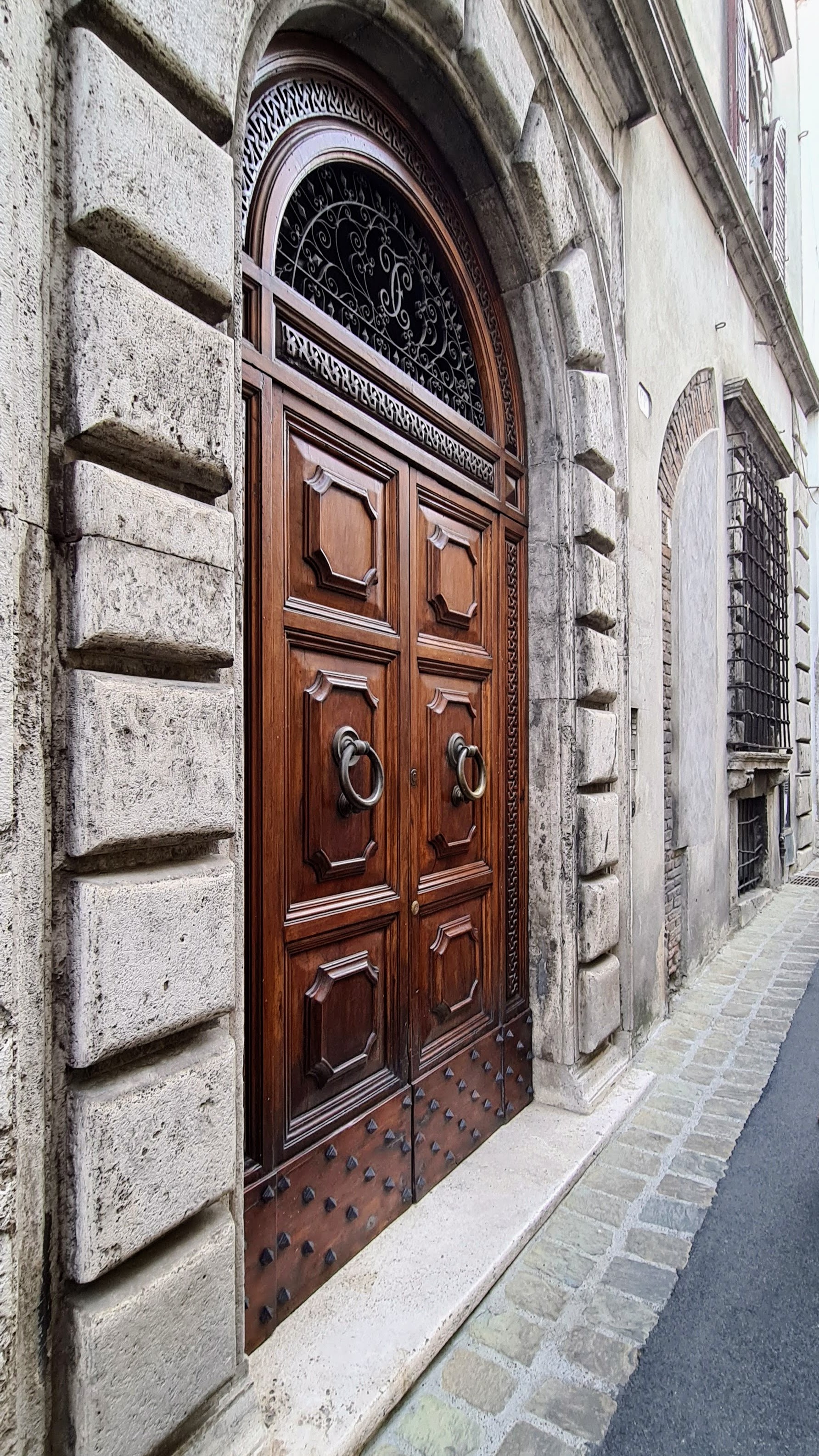
some amazing and huge wooden doors |

Umbria is also know for "digestible" pizza, made from partially fermented and multigrain dough. Delicious! |
Narni
The ancient hill-town of Narnia, now called Narni, lies in the central Italian region of Umbria, about 50 miles north of Rome. CS Lewis drew inspiration from here for his famous novel "The Chronicles of Narnia".
The village stands on a spur dominating the Nera gorge and the Terni basin, and was unnoficially identified as the geographical center of Italy.
We deicided that Narni and Orte (below) were possibly the 2 best cities to live in from this house hunting trip.
|

|

|

Tony sustained injuries while defending Lyra from one of the LIONS of Narni |
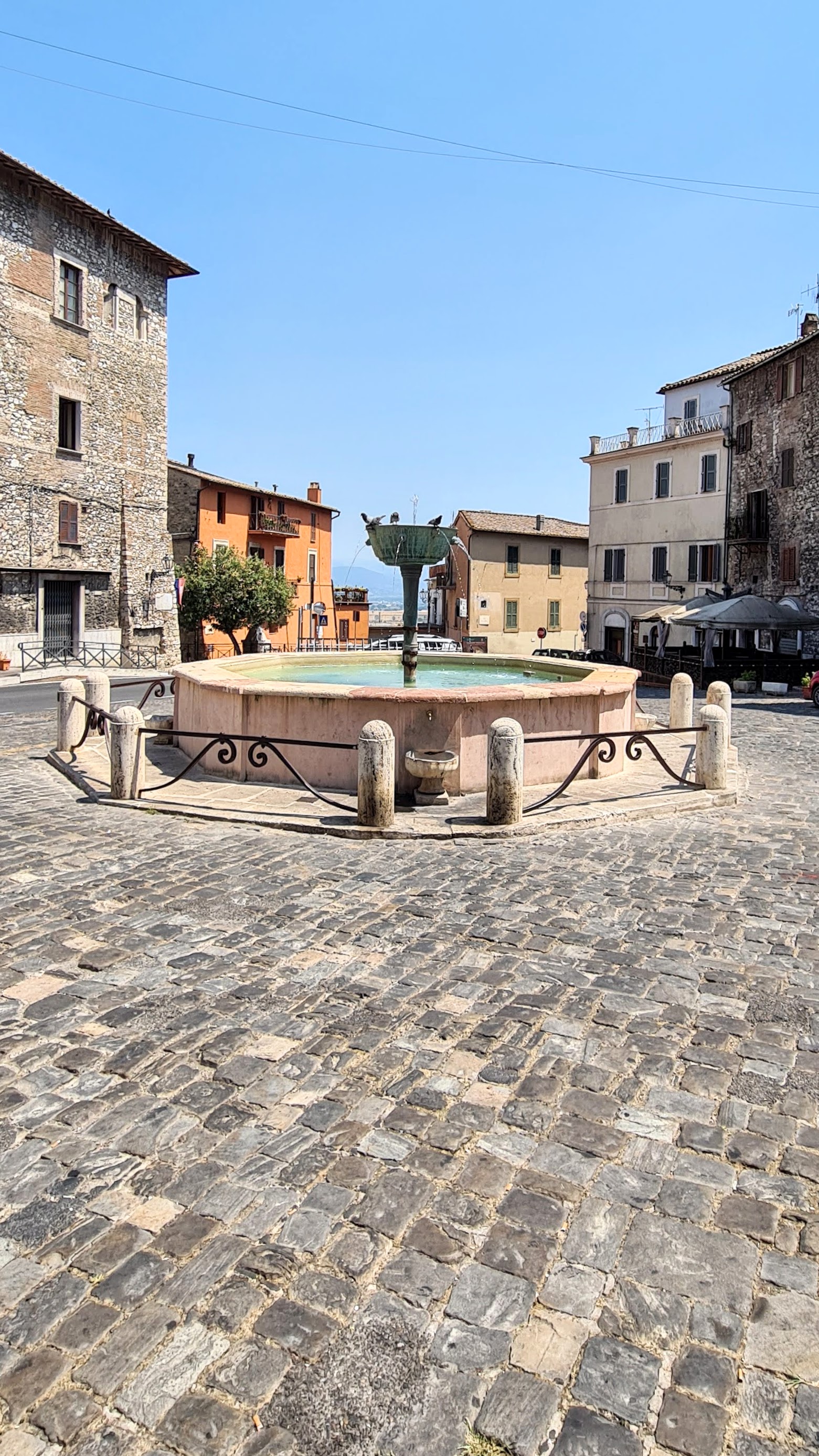
central piazza |

|

lunch with a view |
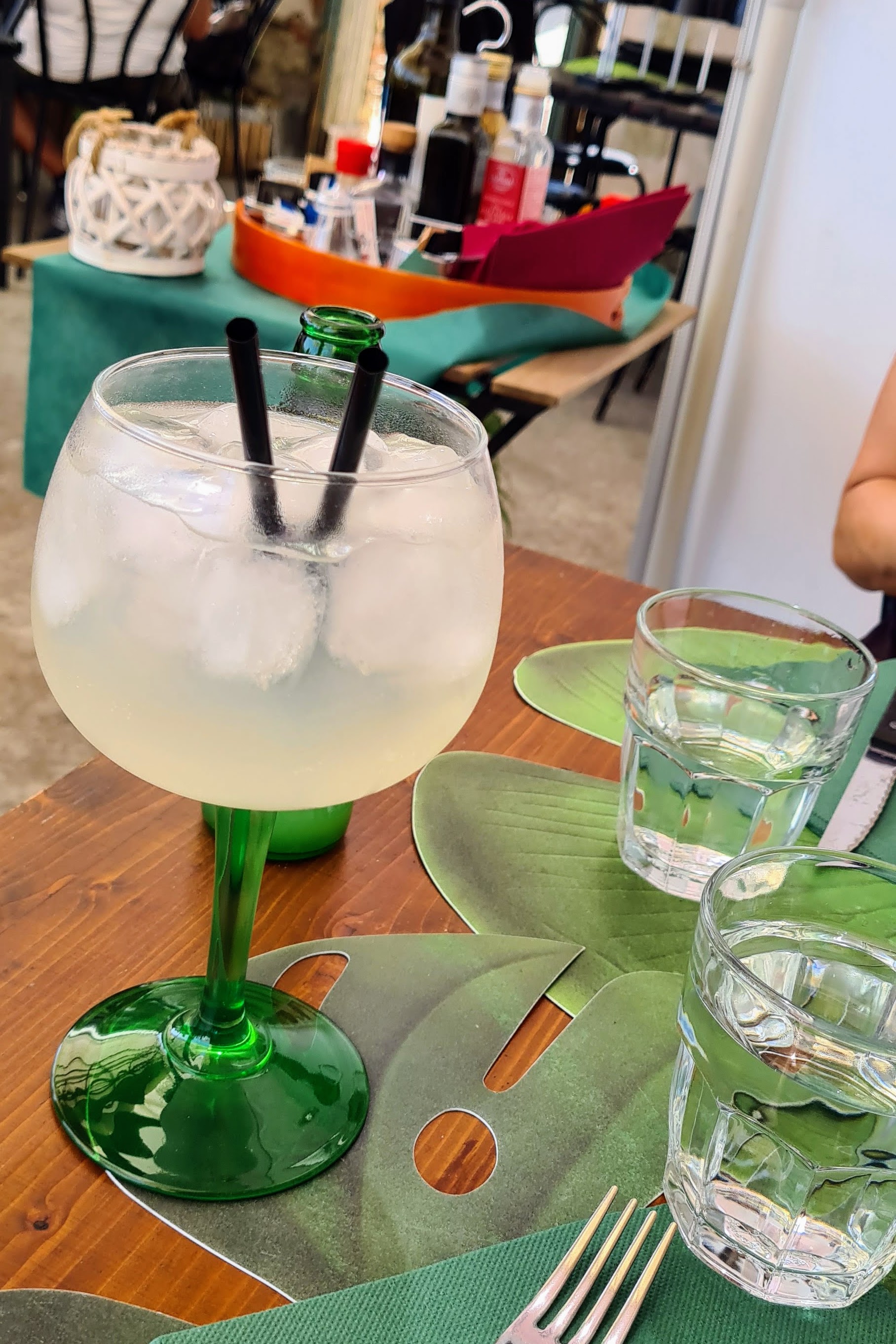
|

|
Orte
Orte is a small hilltown known by almost all Italians, although very few of them have ever been there. This is because in the XIXth century the name of the town was given to the junction between the railway line linking Rome with Florence and that linking Rome with Ancona and Perugia (via Spoleto and Assisi).
A popular joke on an 1867 motto by Giuseppe Garibaldi "O Roma o Morte!" (either Rome or Death!) added to the celebrity of the town: the motto was turned into "O Roma o Orte!" (either Rome or Orte!).
|

Orte was built on a hill platuae |

we ALWAYS got a coffee in the main town square to get a feel for the town |

|
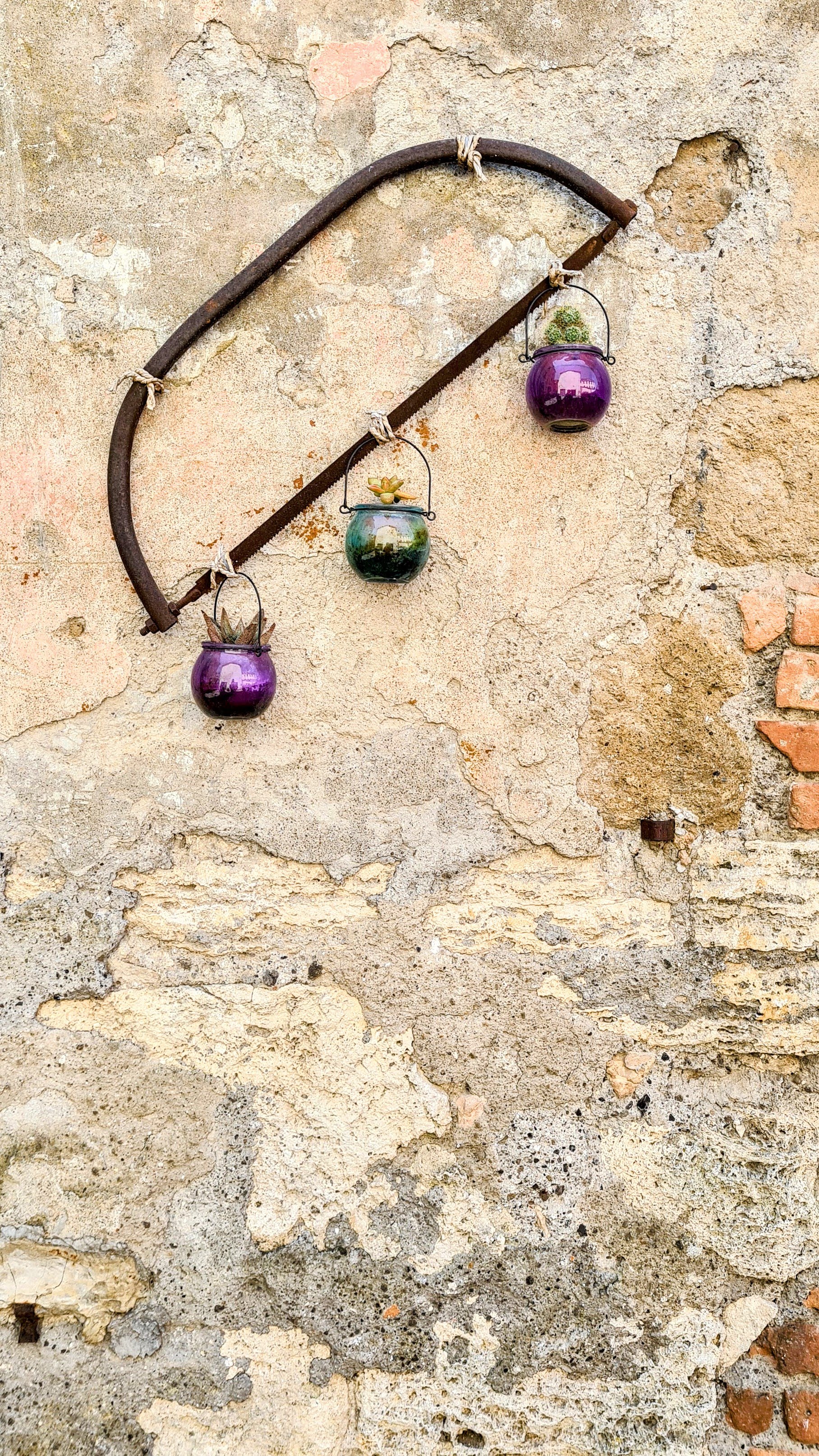
one thing that made Orte cute was all of the plants and exterior decoratoins |

one of the main homes build on the edge of town |
Carsulae
Carsulae is one of the most important archaeological ruins in Italy.
The official founding of Carsulae is generally agreed to have taken place in about 300 BC. Carsulae’s growth into a major town only took place, however, with the building of the via Flaminia, in 220-219-BC. Carsulae probably originated as a mansio, a rest stop and watering place for travelers, traders and soldiers.
|

|
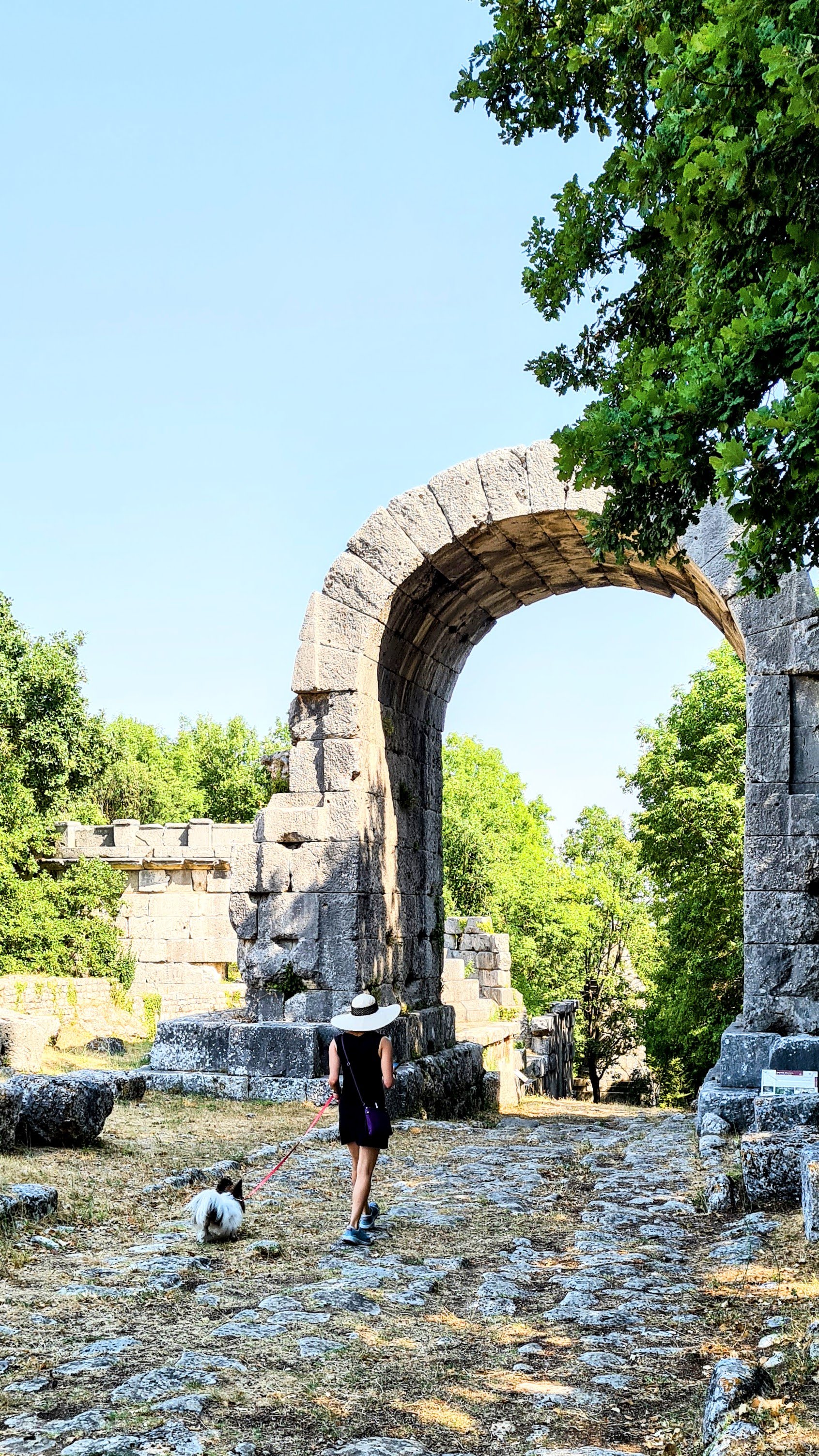
|

Via Flaminia |

this chapel was built later |
Aquasparta
The town of Acquasparta is situated within the Province of Terni and has a population of around 5000 residents.
When we visited, there was a huge town disco party in the main square. Extra table were set out for drinks and celebrations. We decided to have a quiet dinner on the edge of town.
|

|

Wine (and also beer) are more common, but most places at least offer gin and tonic |

|

|
Orvieto
The Etruscans inhabited Orvieto until the 3rd Century BC, when the Romans invaded and spent two years to conquer the city.
Thanks to its natural hilltop fortification, Orvieto served as a 16th-century place of refuge for the pope. Wanting to ensure he had water during a time of siege, he built this extravagant well, with two spiral stairways leading down to a bridge from which people could scoop up water.
It has a very grand feeling to it compared to neighboring cities. The catherdal is HUGE!
|

The cathedral of Orvieto is very oversized for the small city. It is gorgeous. |
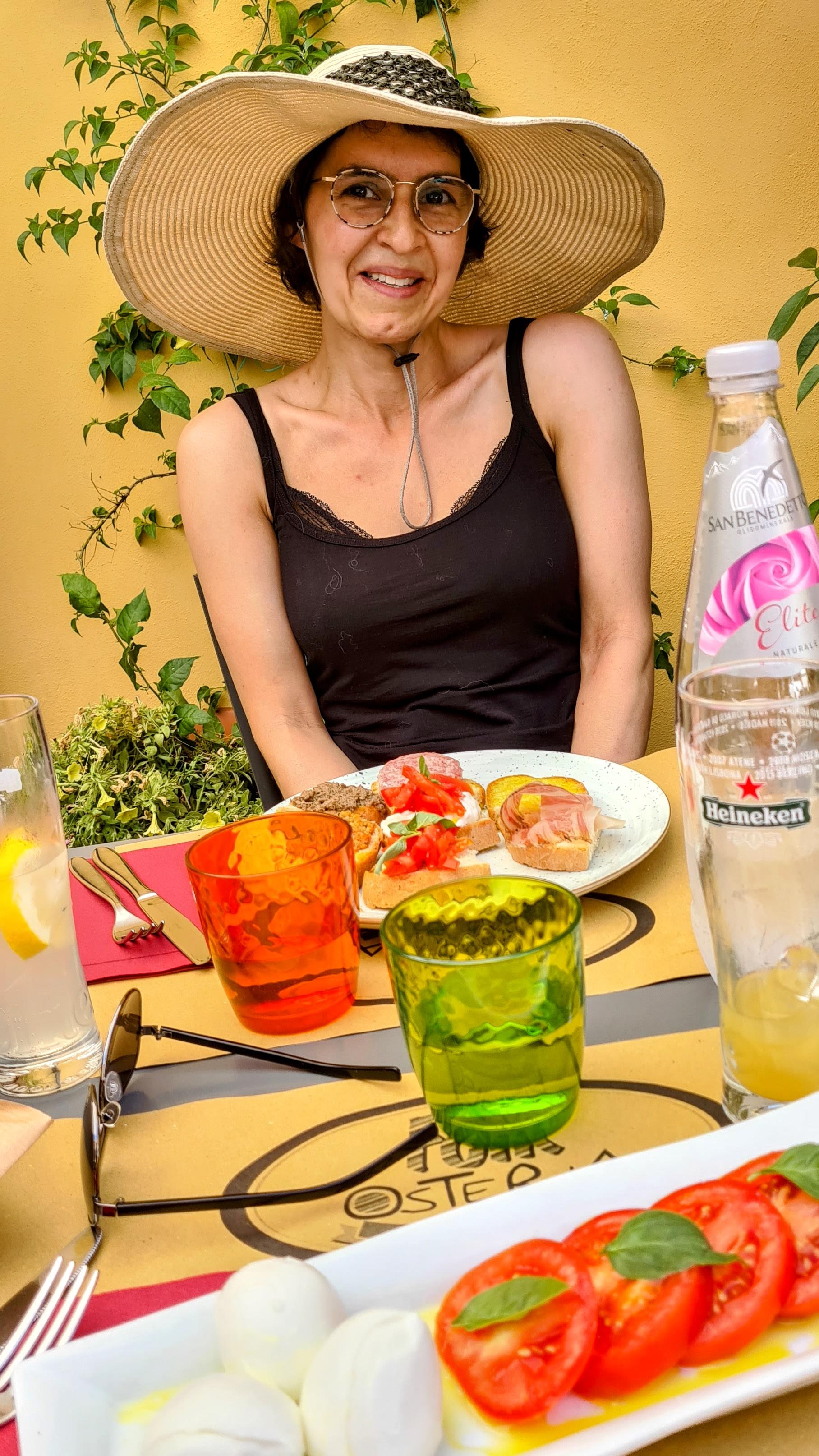
|

Caprese - the "salad of italy". Even looks like the italian flag |

some traditional potatoes and meat |
Bomarzo
Bomarzo is a small town in northern Lazio in Italy, famous for its park of stone monsters.
The so called Park of the Monsters just outside the city of Bomarzo is a Late Renaissance manieristic garden gallery of sculptures and architecture commissioned in the 16th century by Vicino Orsini. It includes also a palace, designed by Baldassarre Peruzzi, and a garden with grotesque stone sculptures of monstrous porportions, depiciting mythological personalities and creatures taken from classical fables: Pergasus, Hercules, Neptune, Cera.
|

|

|

|
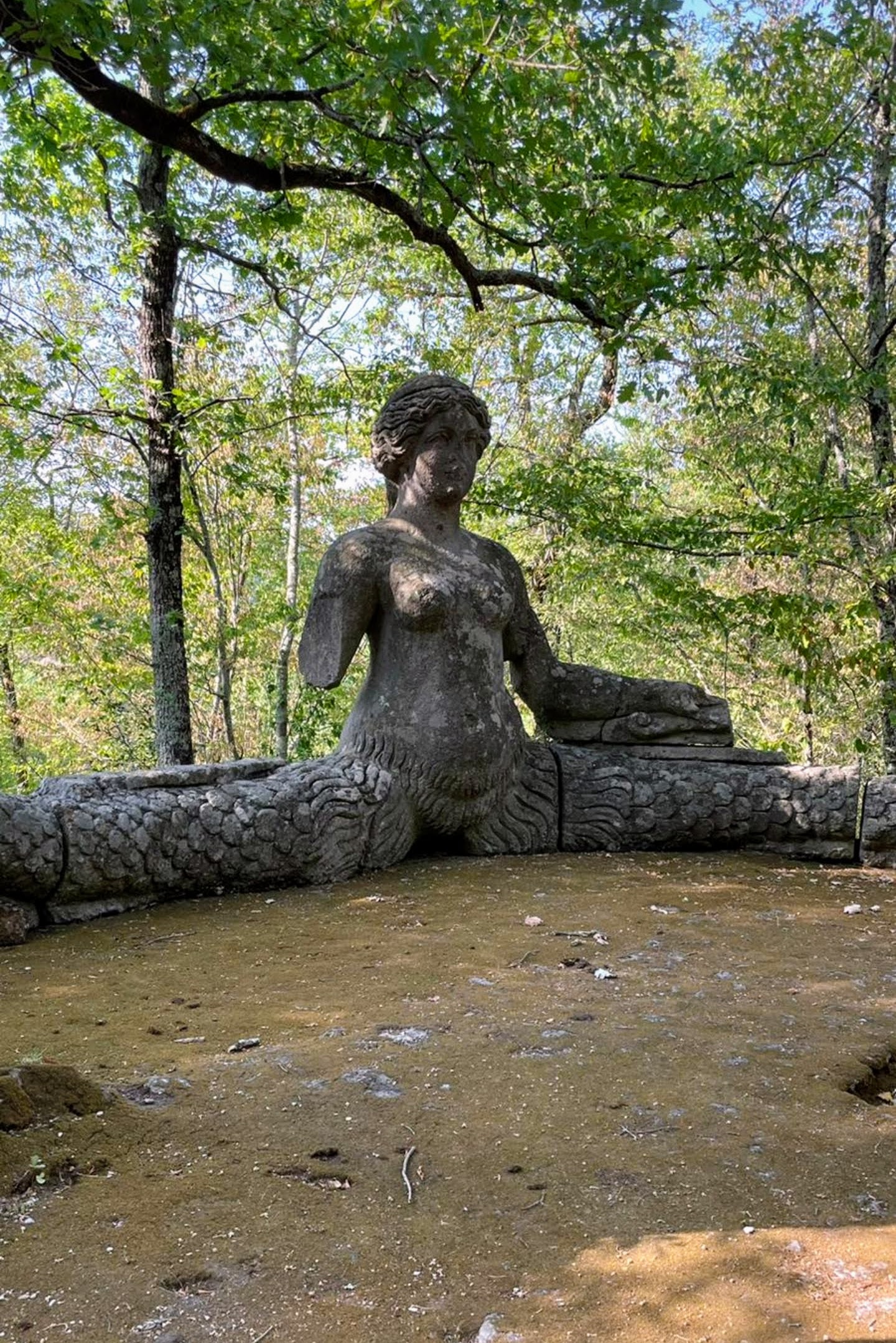
|
Rome
Rome is famous for the Colosseum, the Roman Forum, and a sprawling metropolis of Classical architecture.
But the city is known for more than its ancient history: it is home to the Spanish Steps, the Trevi Fountain, incredible food, gardens and art, and a world-famous film industry.
Although we have lived in Italy multiple times, we had never visited Rome before! We will be back many times.
|
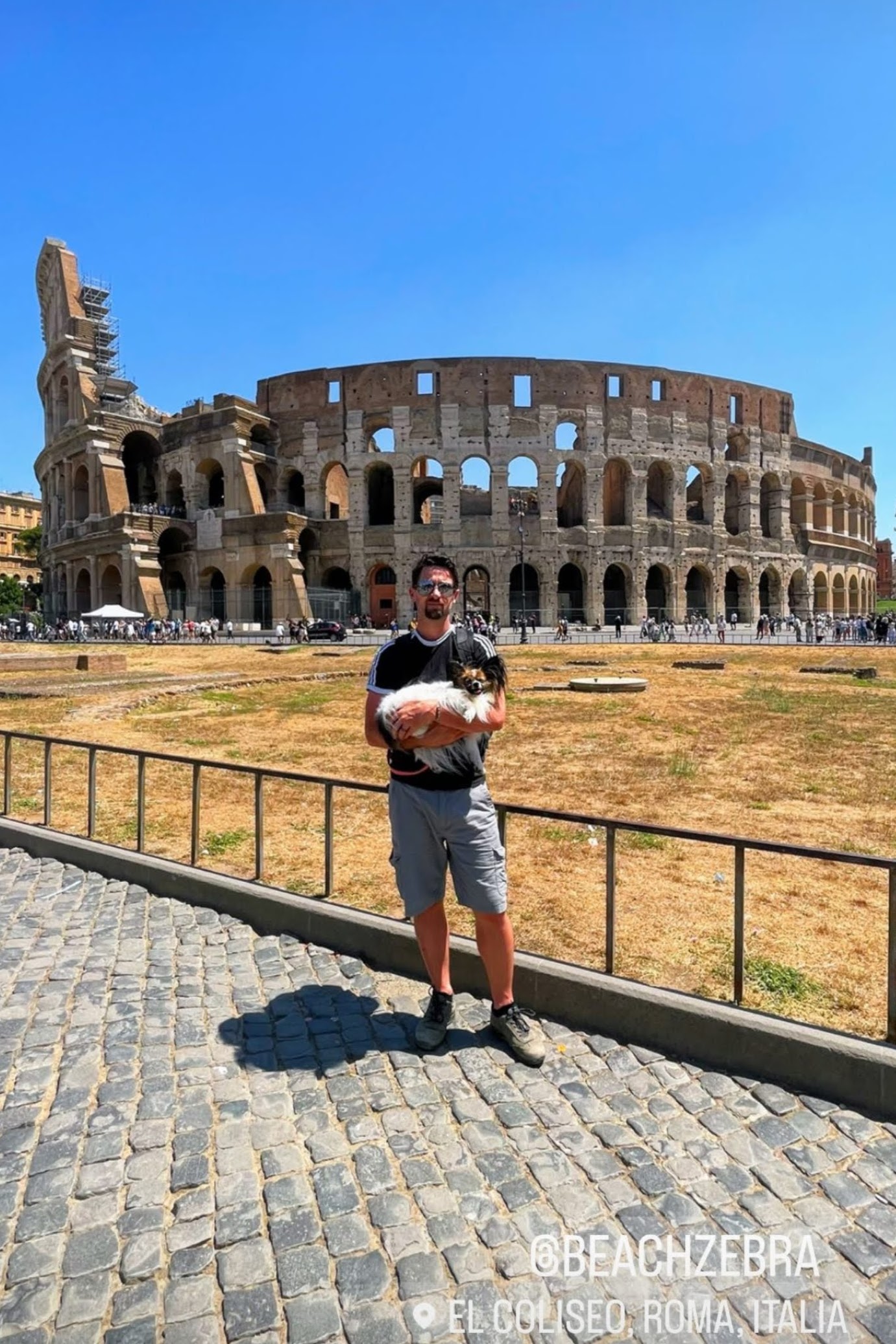
the Colosseum |

|

sprawling archolological site of historic Rome |
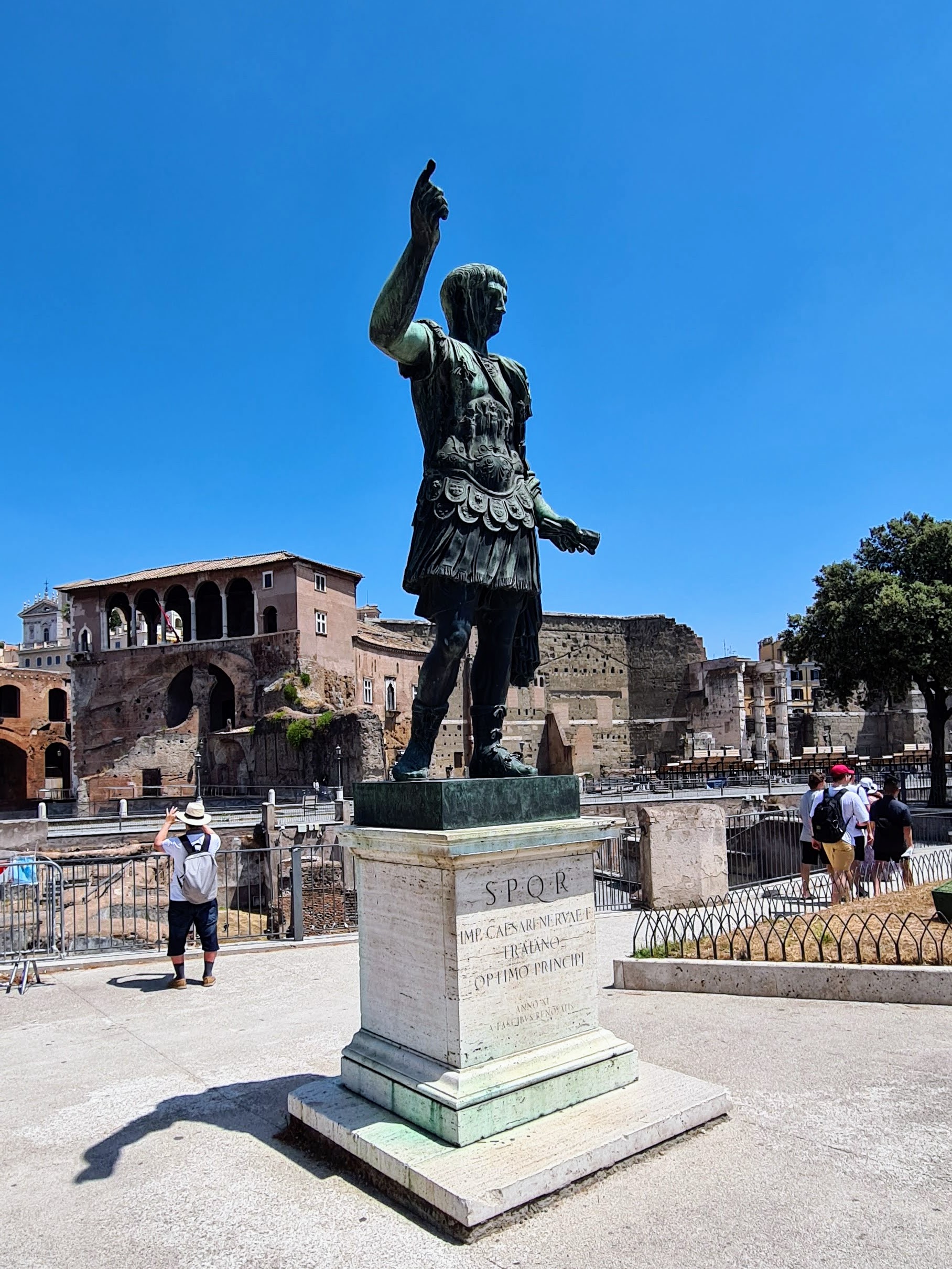
|
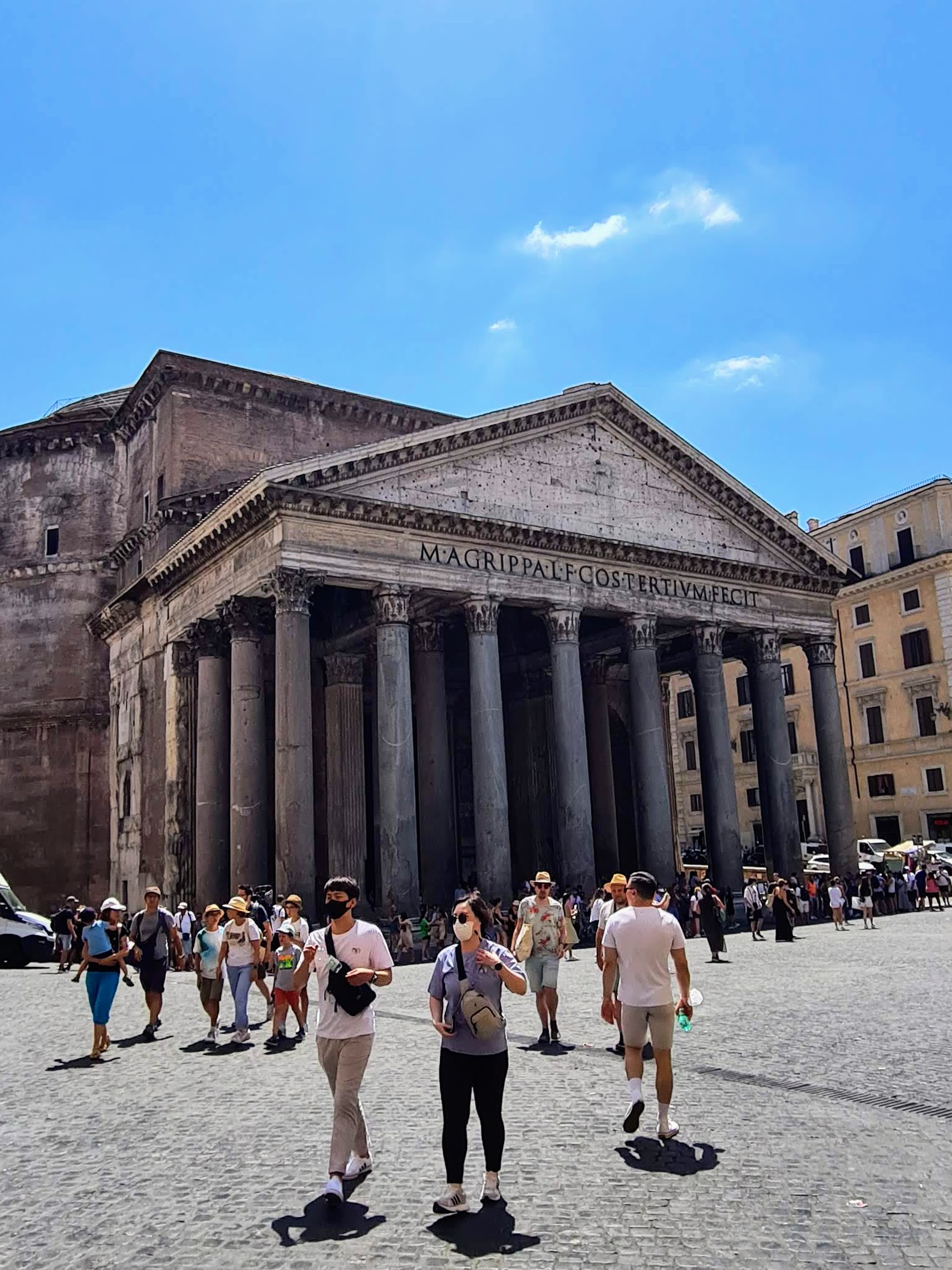
Pantheon |

|
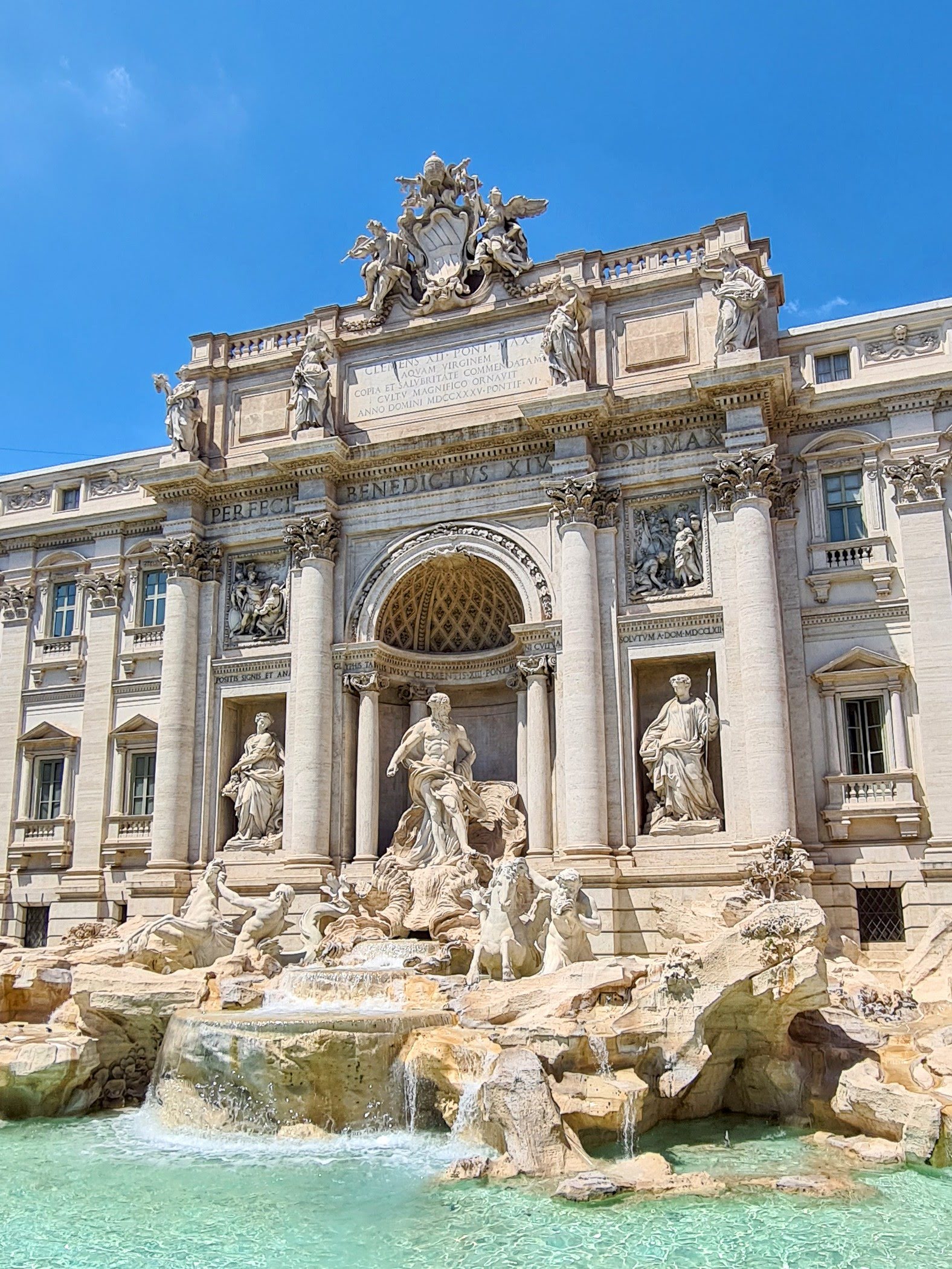
Trevi fountain |

|

|

piazza Navona |

Vatican city |
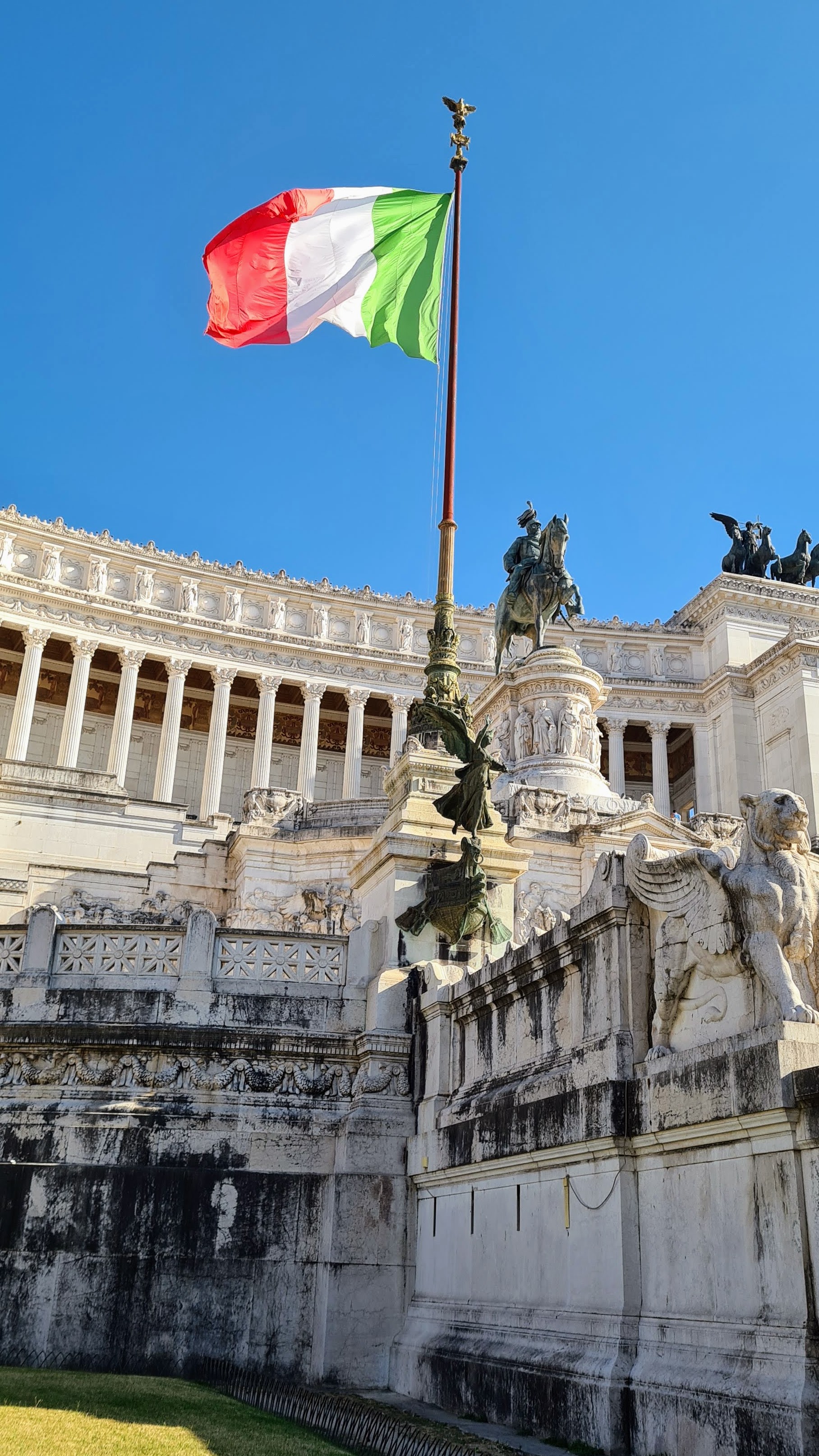
Alter of the Fatherland |
Citta di Bagnoregio
Less well-known than Siena or Assisi, Citta di Bagnoregio is a stunning gem of a hilltown.
Civita di Bagnoregio is reputed to have been founded by the Etruscans about 2500 years ago. It is famously referred to as La città che muore — “The Dying Town” — because its friable, volcanic base continues to slow crumble away into the valley.
|
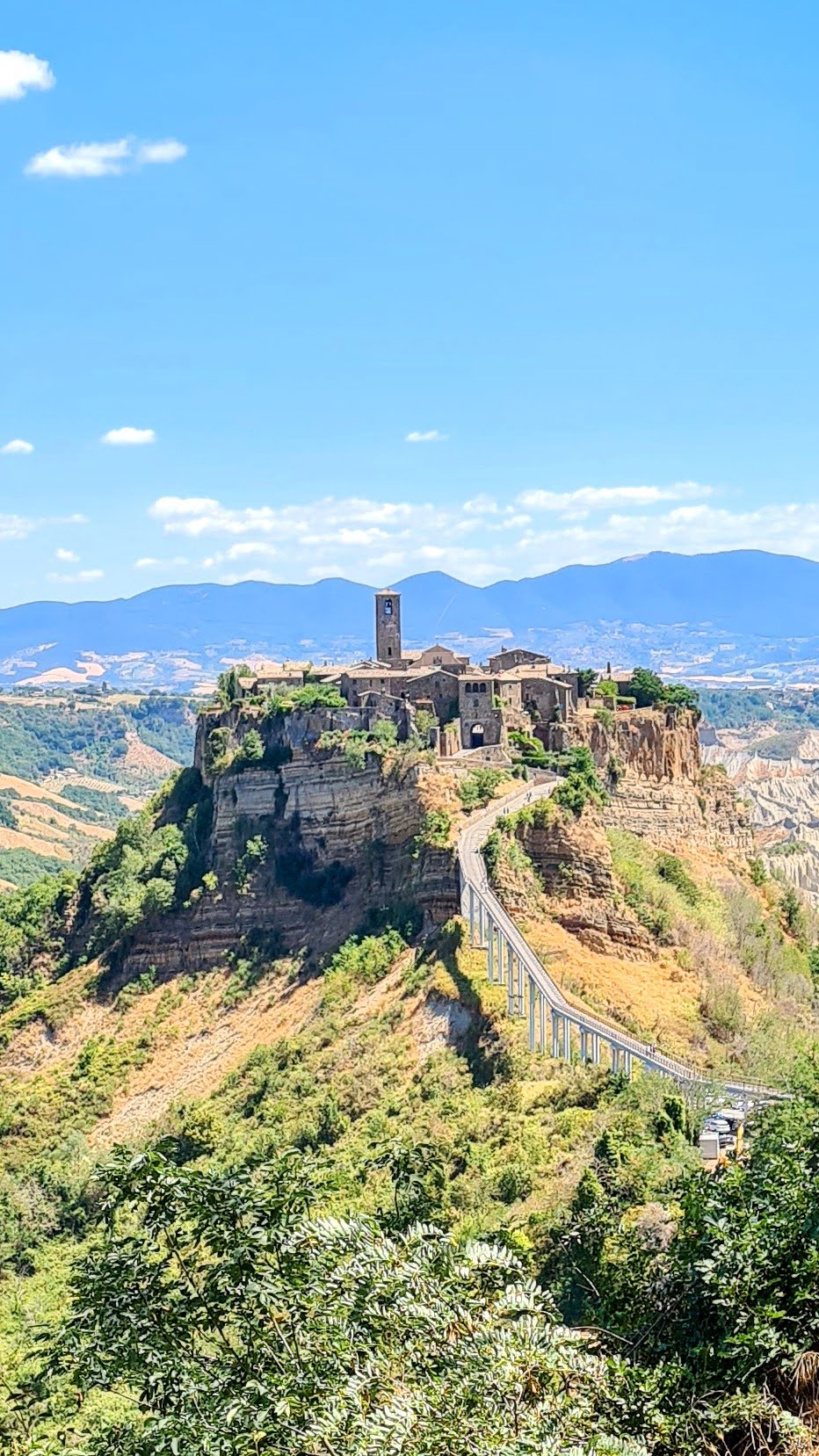
it is definately worth the visit! |

|

|

|
Lago di Bolsena
The crystal-clear waters of Lake Bolsena are an invitation to enjoy various water sports, including swimming. There is excellent scenery and great food.
|
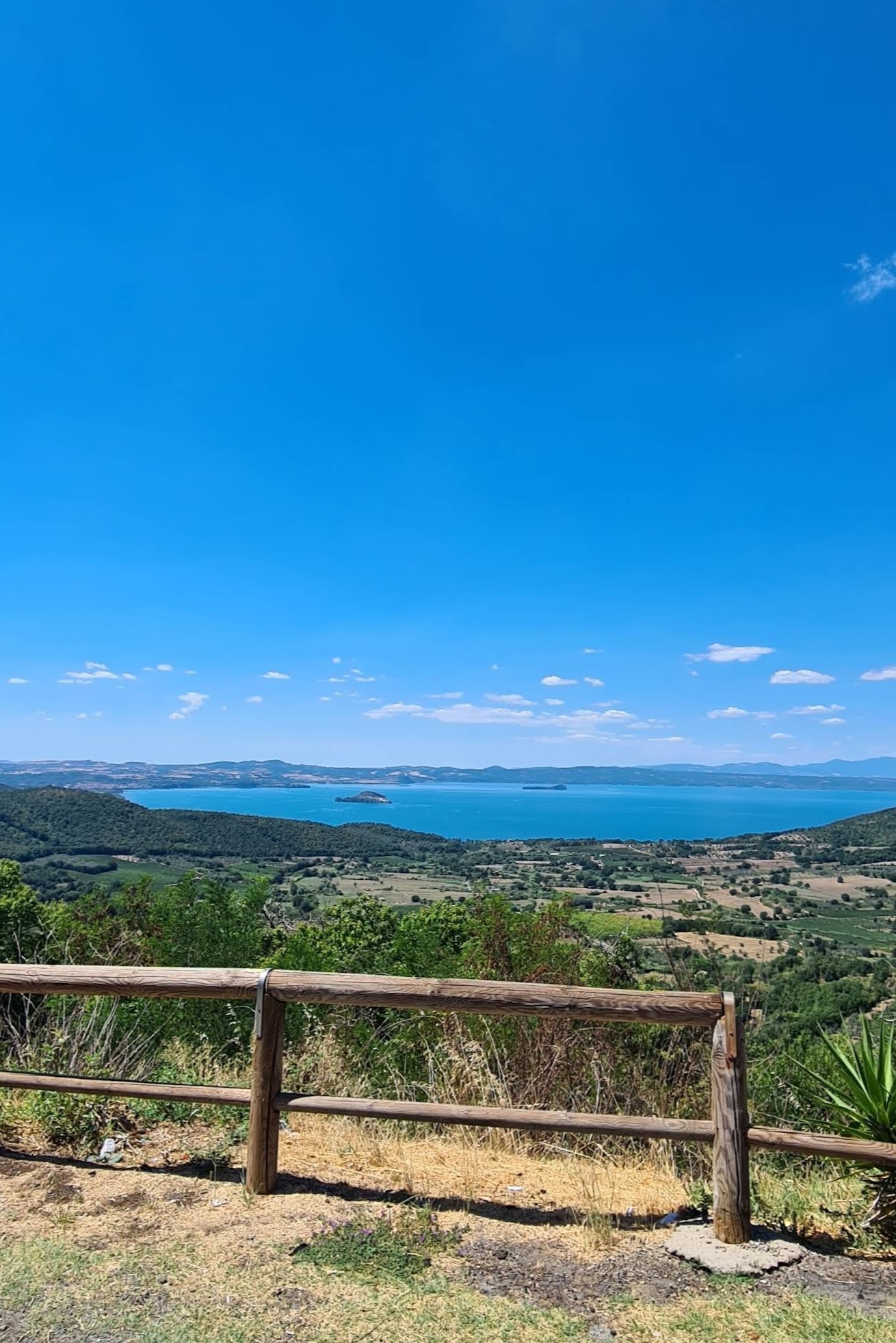
|

|

|

|
Viterbo
Viterbo rivaled Rome as the papal residence after 1257, but it declined in importance after the removal of the papacy to Avignon, France, in 1309. Almost 70 percent of the town was destroyed in World War II.
|

|
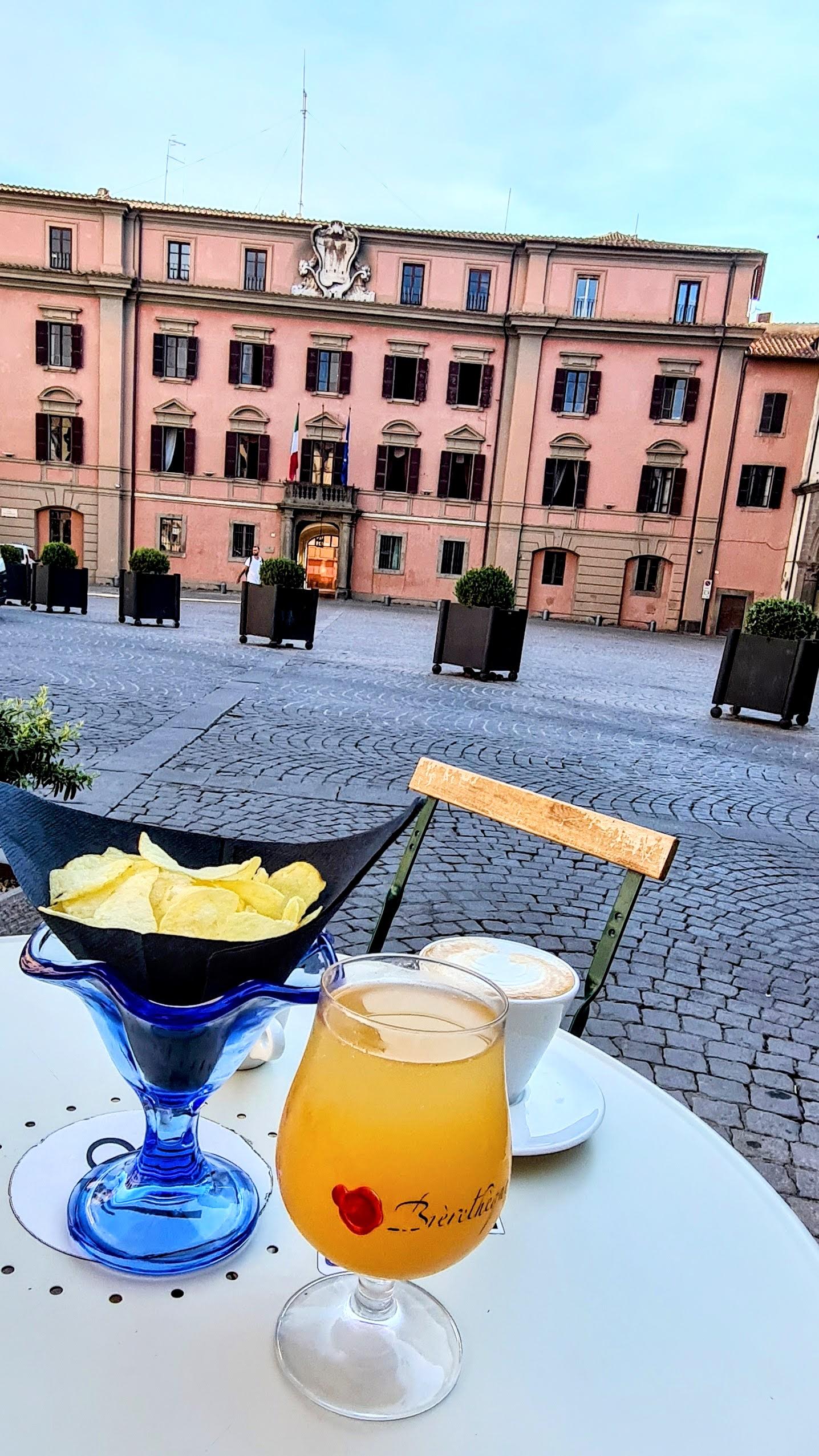
|

|

|
Terni
The city was founded on the site of the ancient city of Interamna Nahars and in the 14th century became a dominion of the papacy. Terni's important archaeological remains include a Neolithic village, cemeteries of the Villanovan period, and a Roman amphitheatre and walls.
Terni is also known as the "City of Lovers", as its patron saint, Saint Valentine, was born and became a bishop here, and the remains are preserved in the basilica-sanctuary in his honour.
Due to the city's many factories and econimic importantce, it was heavily bombed by the Allies/Americans during World War II. It has been built in a very modern way but still retains a restored center.
It also has tons of shopping and food.
|

|

|

|

Marmore Falls (created to drain the upper land of mosquitoes and milaria) is a man-made waterfall created by the ancient Romans. Its total height is 165 m (541 feet), making it the tallest man-made waterfall in the world. |

this amazing, multi-course meal would have cost 3x as much in Amsterdam |

and the service would have been half as good |

|

|
Lugnano in Teverino
San Gemini was probably the most amazing historic city center, but Lugnano in Teverino was probably the cutest!
They even had a history city walk through the city. It is definately near the top of the list for places to move to.
|
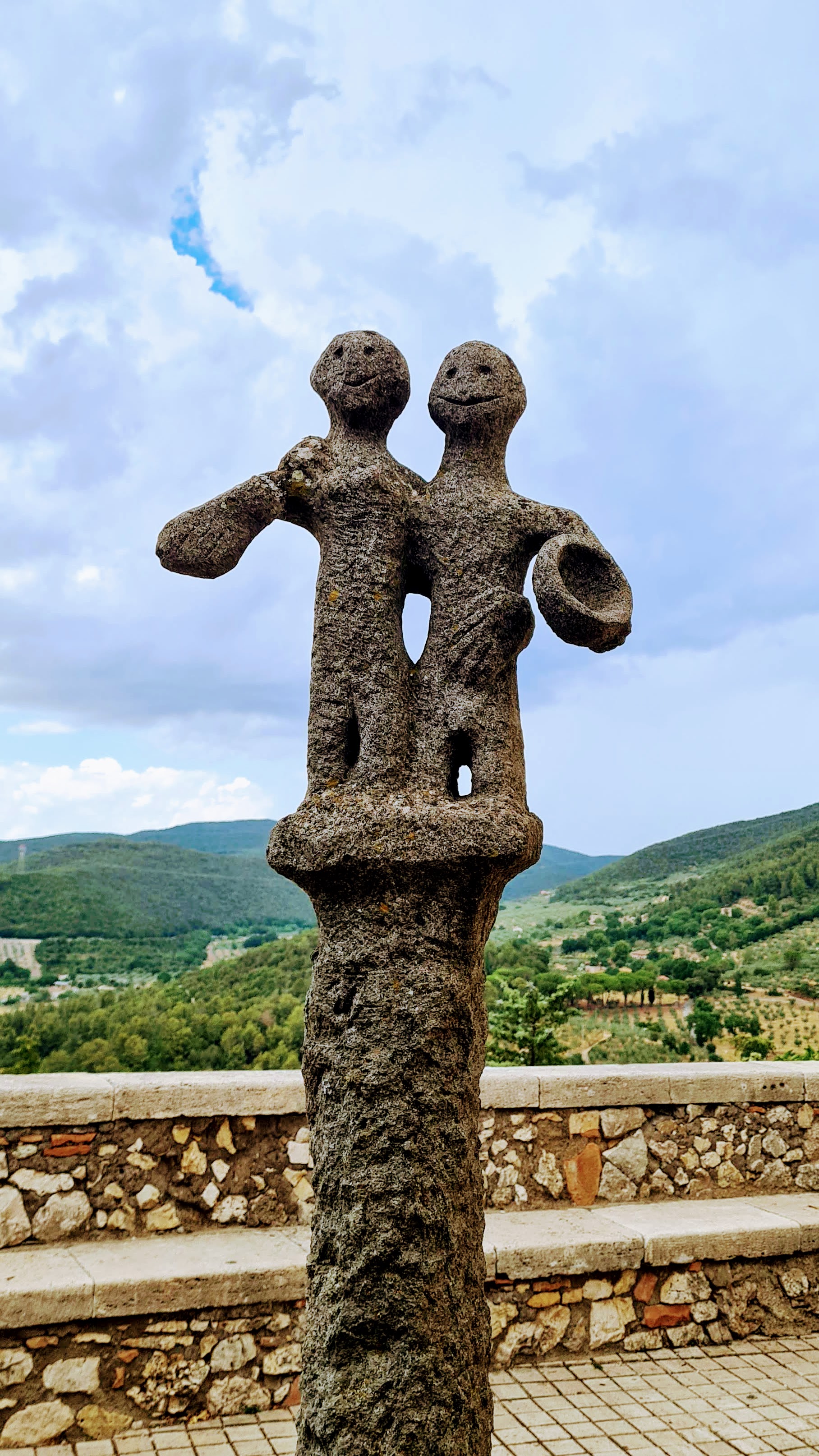
literally EVERYTHING
here is cute :) |
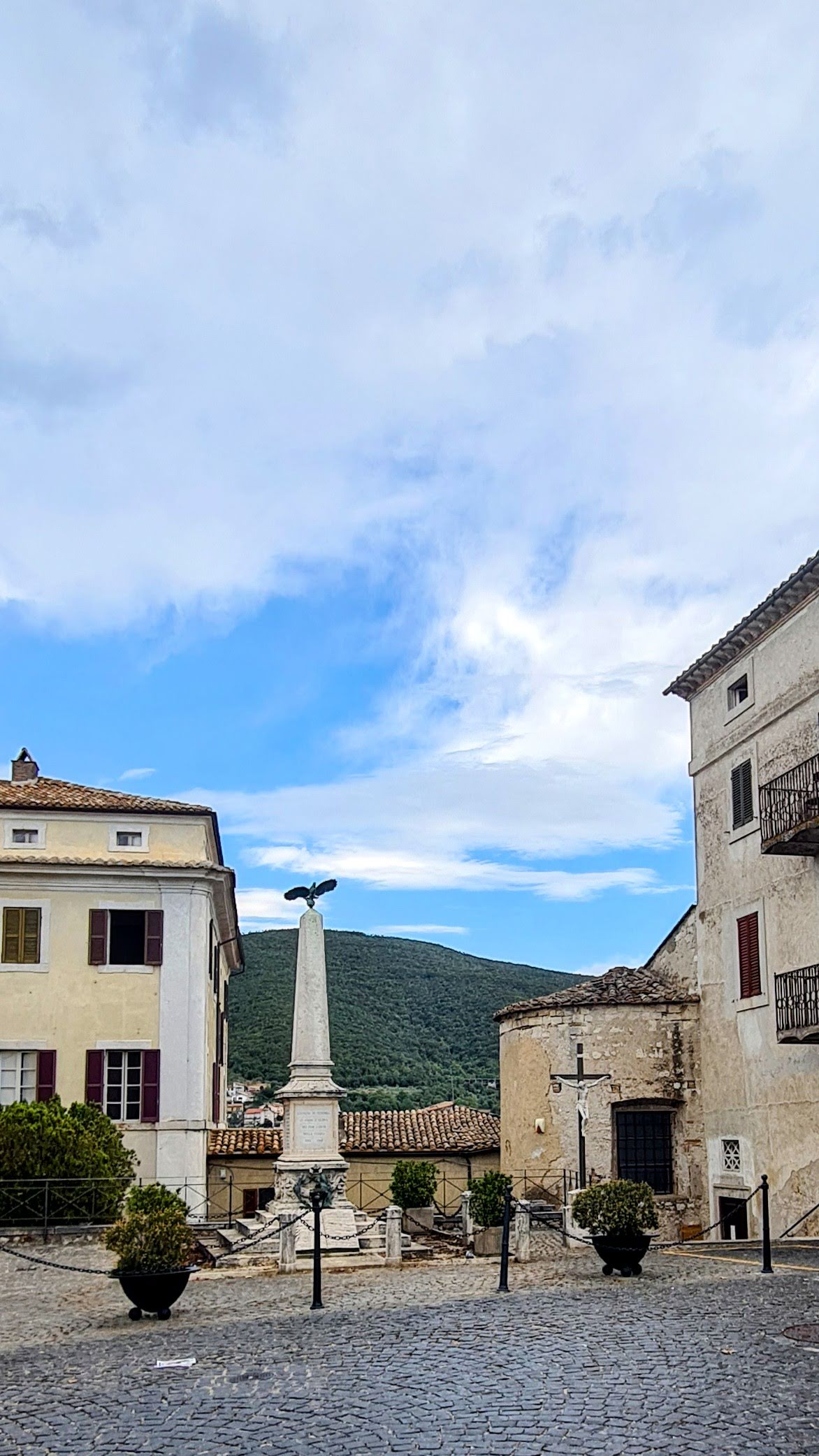
|

|
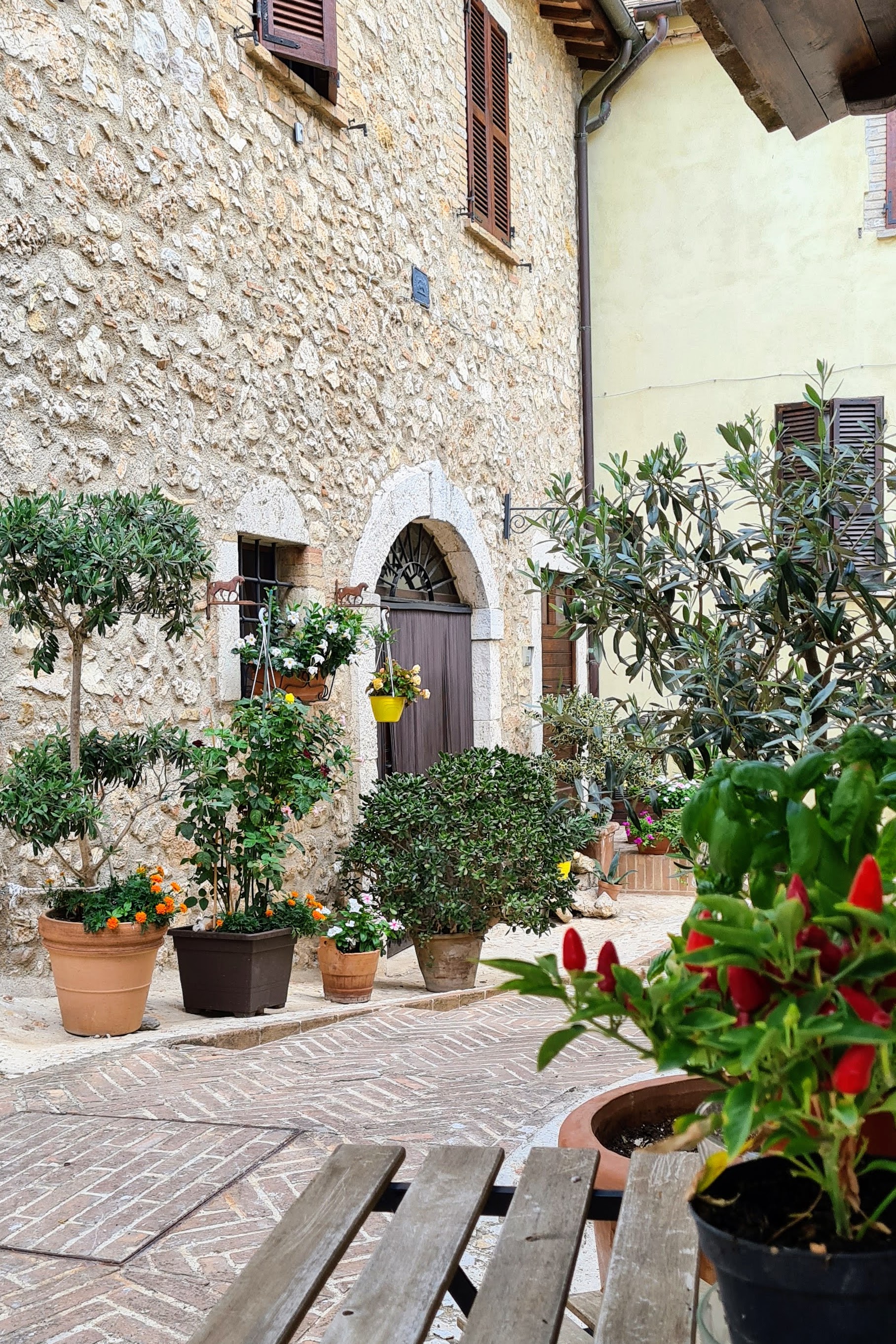
|
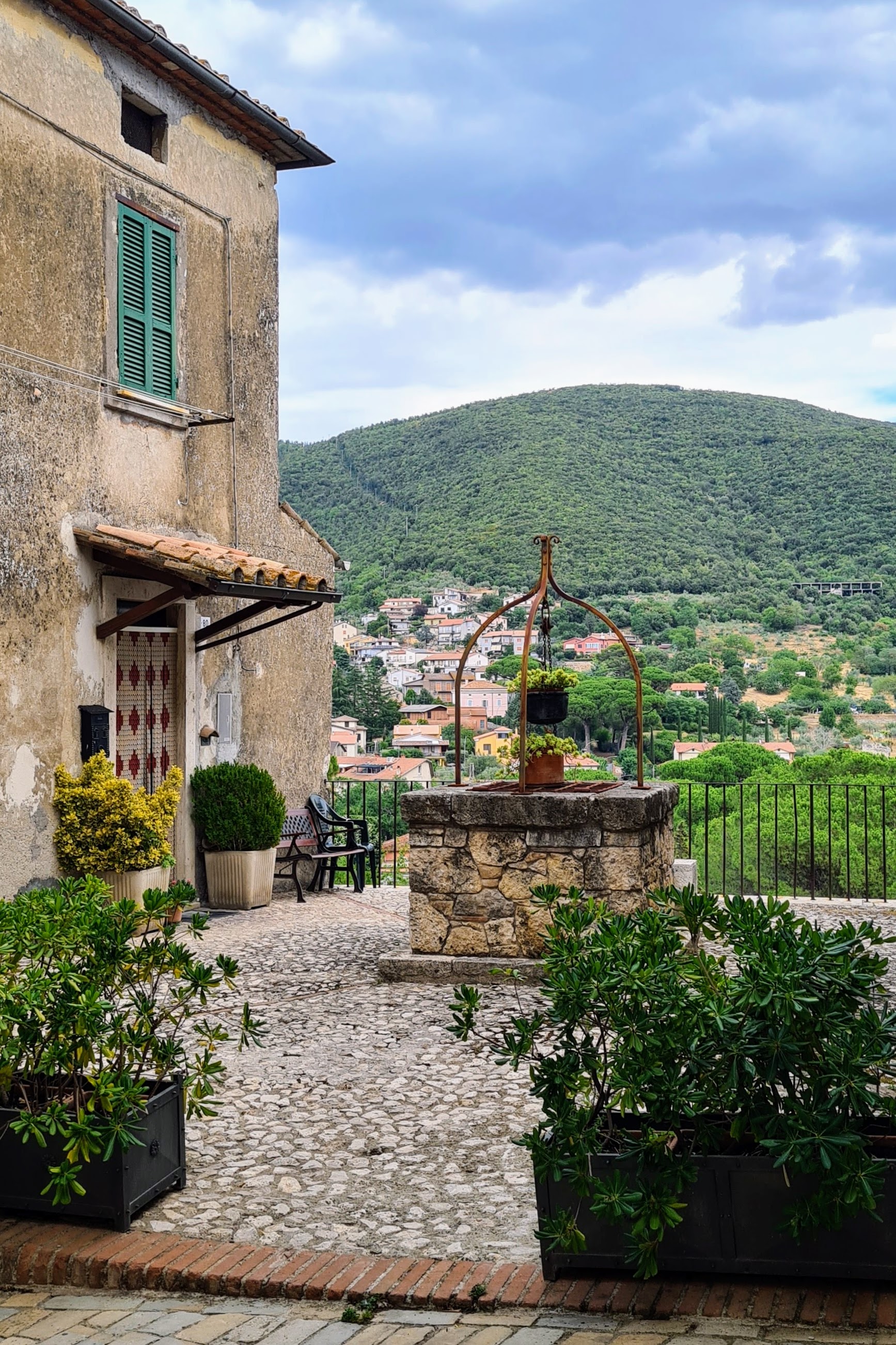
|

|

|

|
Acqueloreto
Acqueloreto is a small town on a hill in the middle of Umbria with a population of 79 people. About half of them were expats.
|

|

|

|
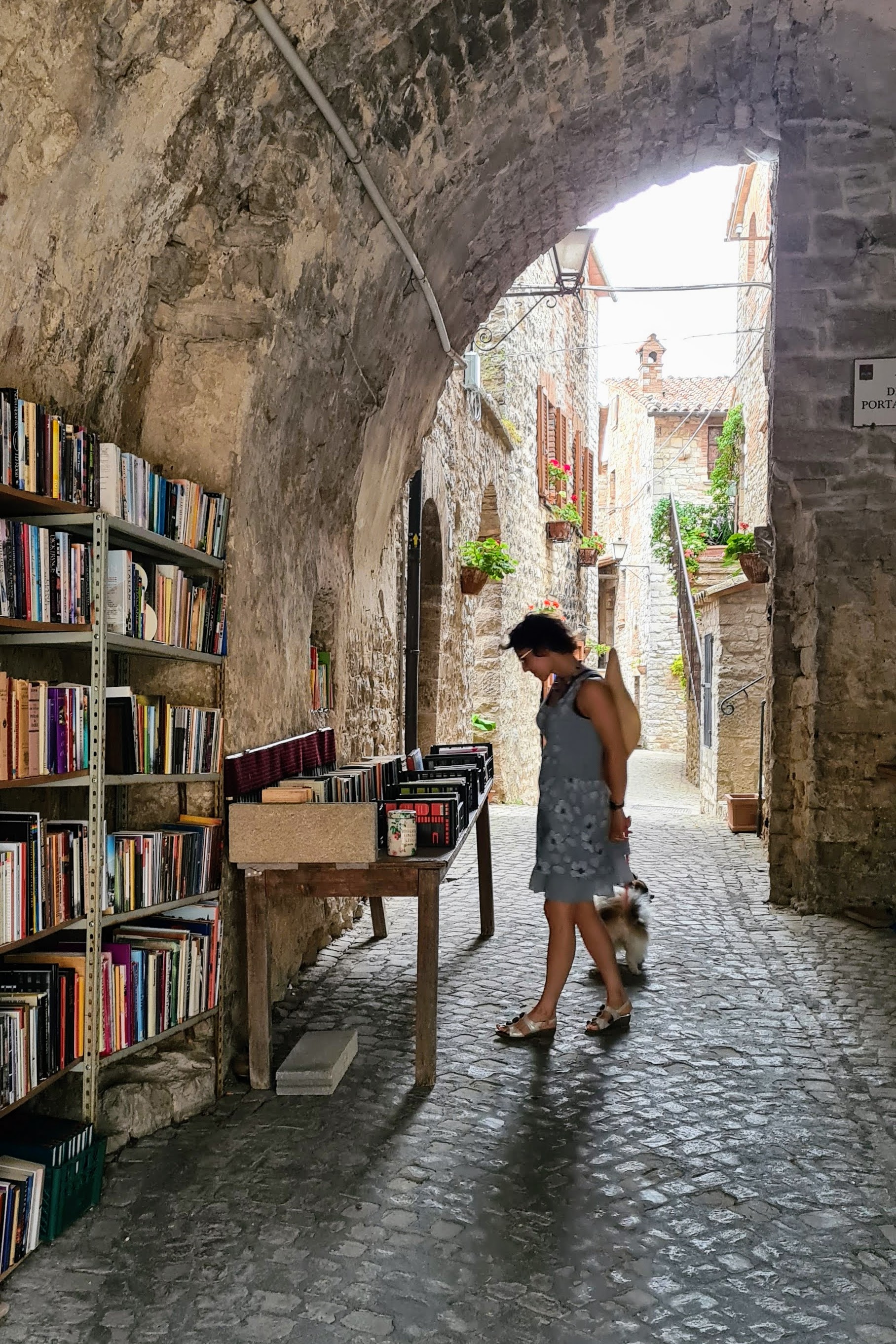
Sarah fell in love with this Free Library |
Solomeo
For over forty years, Solomeo has been the heart of the Brunello Cucinelli company, founded in 1978, the brainchild of the Umbrian entrepreneur who wanted to add color to women’s cashmere knitwear, becoming an expression of Italian quality, creativity and craftsmanship the world over.
It also brings history to life every summer with its Renaissance Fair. For ten days between late July and the first few days of August the handful of streets in this dollhouse village (population: 500) are crowded with more than 15,000 visitors from elsewhere in Italy and from abroad.
|

|

|
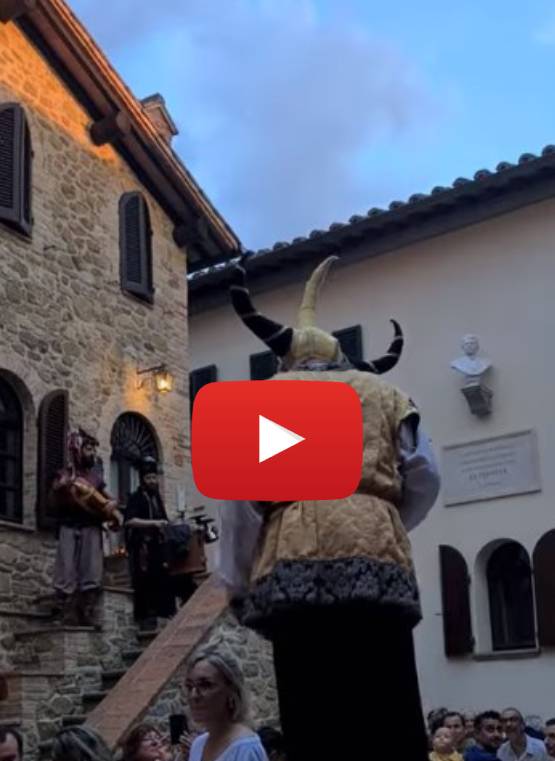
dinner entertainment |

traditional meal |
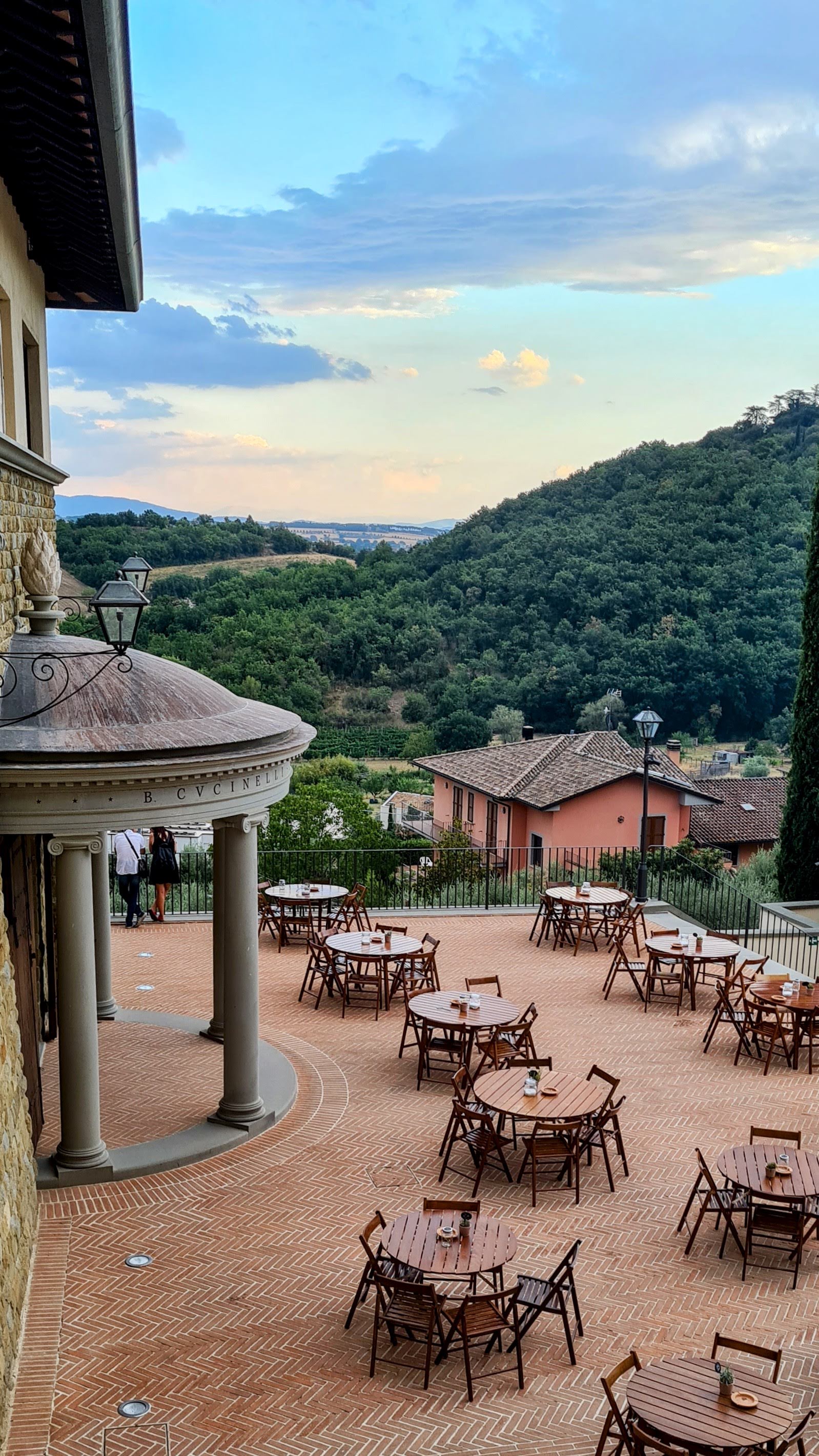
|
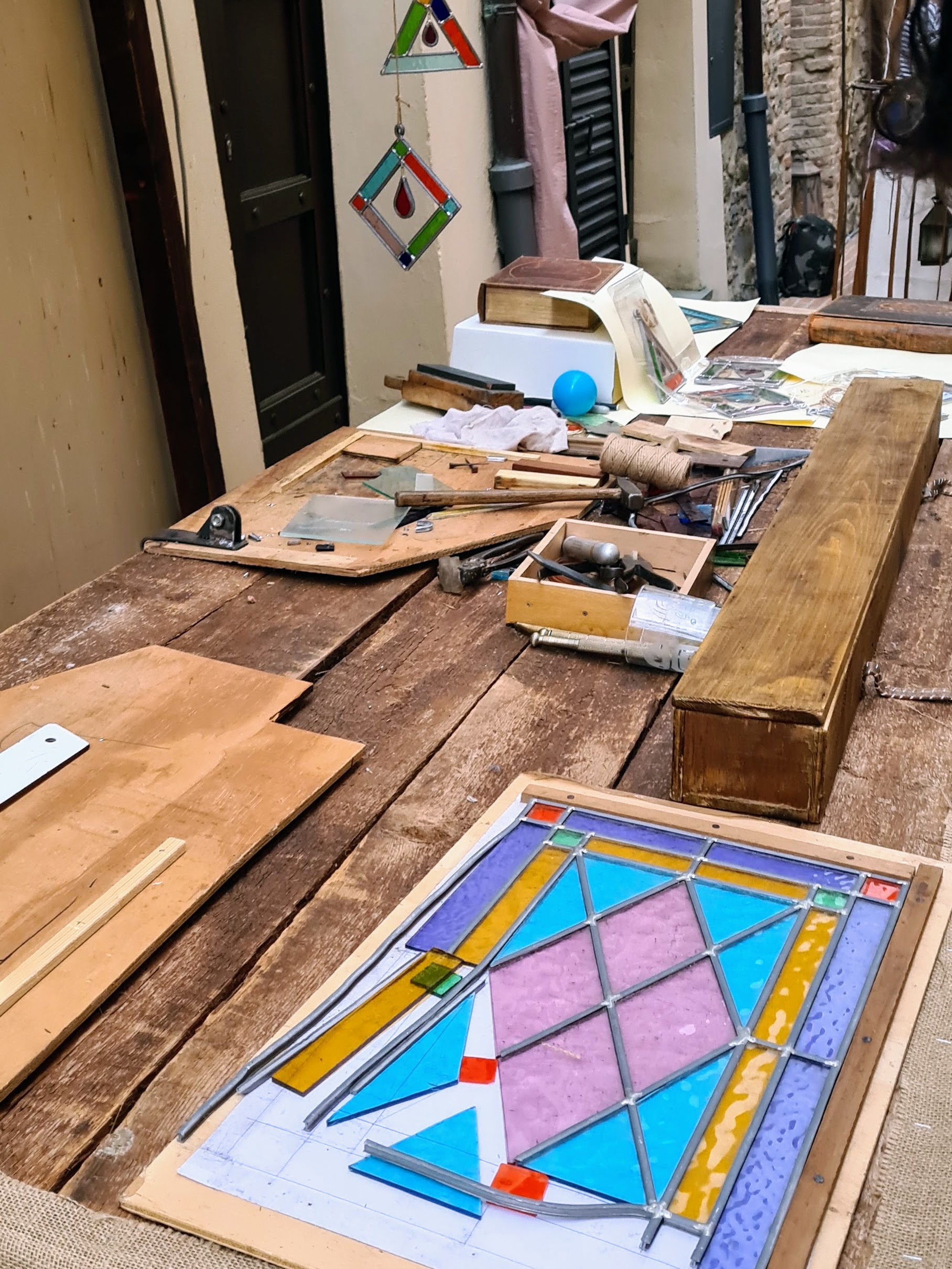
|

|
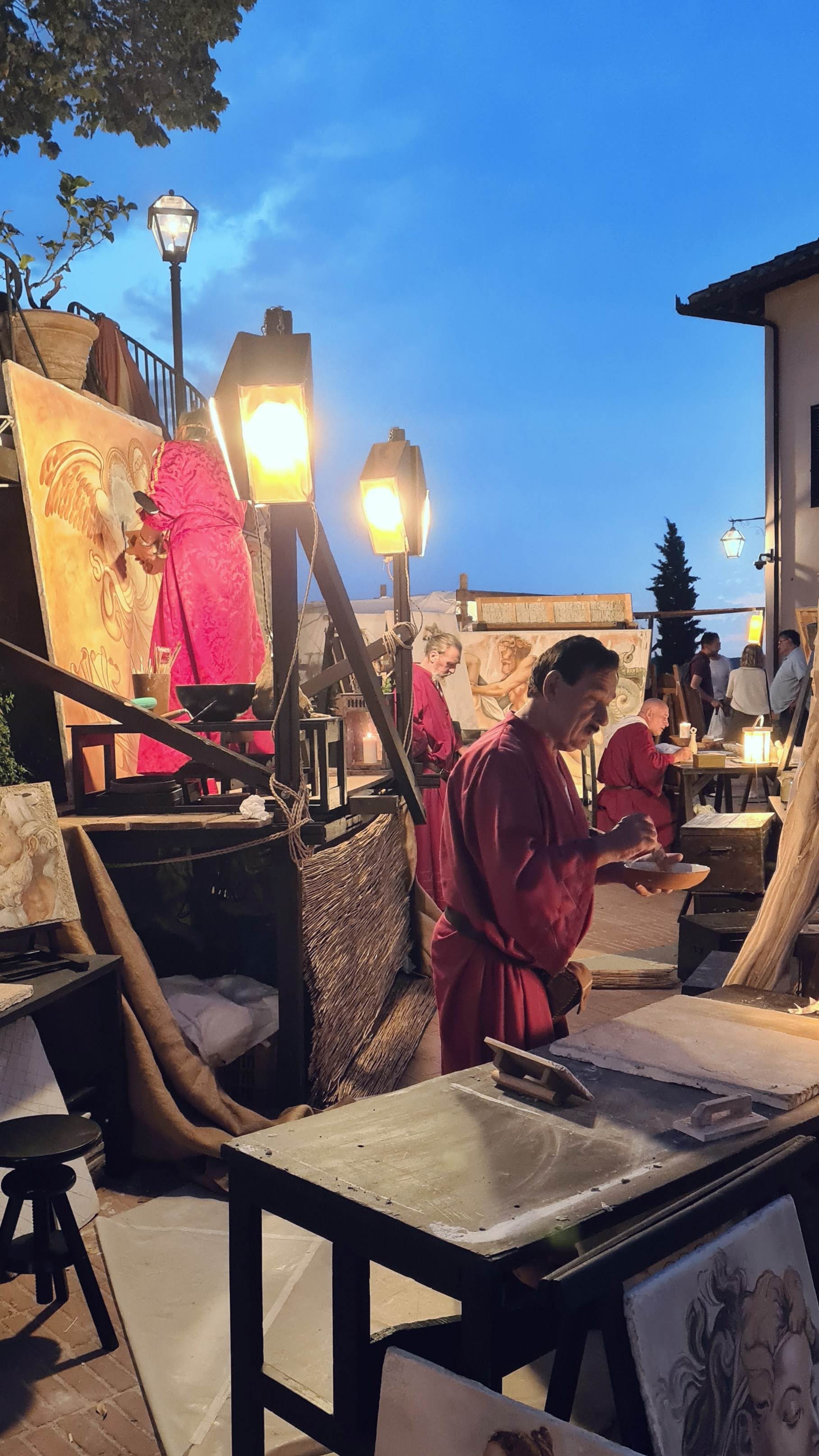
|
Spoleto
The site of an Umbrian township from at least the 7th to the 6th century bc, Spoleto became a Roman colony in 241 bc. It successfully repulsed an attack by the Carthaginian general Hannibal in 217 bc and later became important because of its strategic location on the Roman artery Via Flaminia.
Spoleto is most known for its historical Festival dei Due Mondi (Festival of two worlds) which takes place the last week in June and the first two weeks in July since 1958, a tribute to various art forms featuring artists from all over the world including famous names such as Pavarotti and Andy Warhol.
|

The Mobilita Alternativa was contstructed (cost €65-million) to facilitate ease of movement via underground tunnels and revitalize the city |

|

|
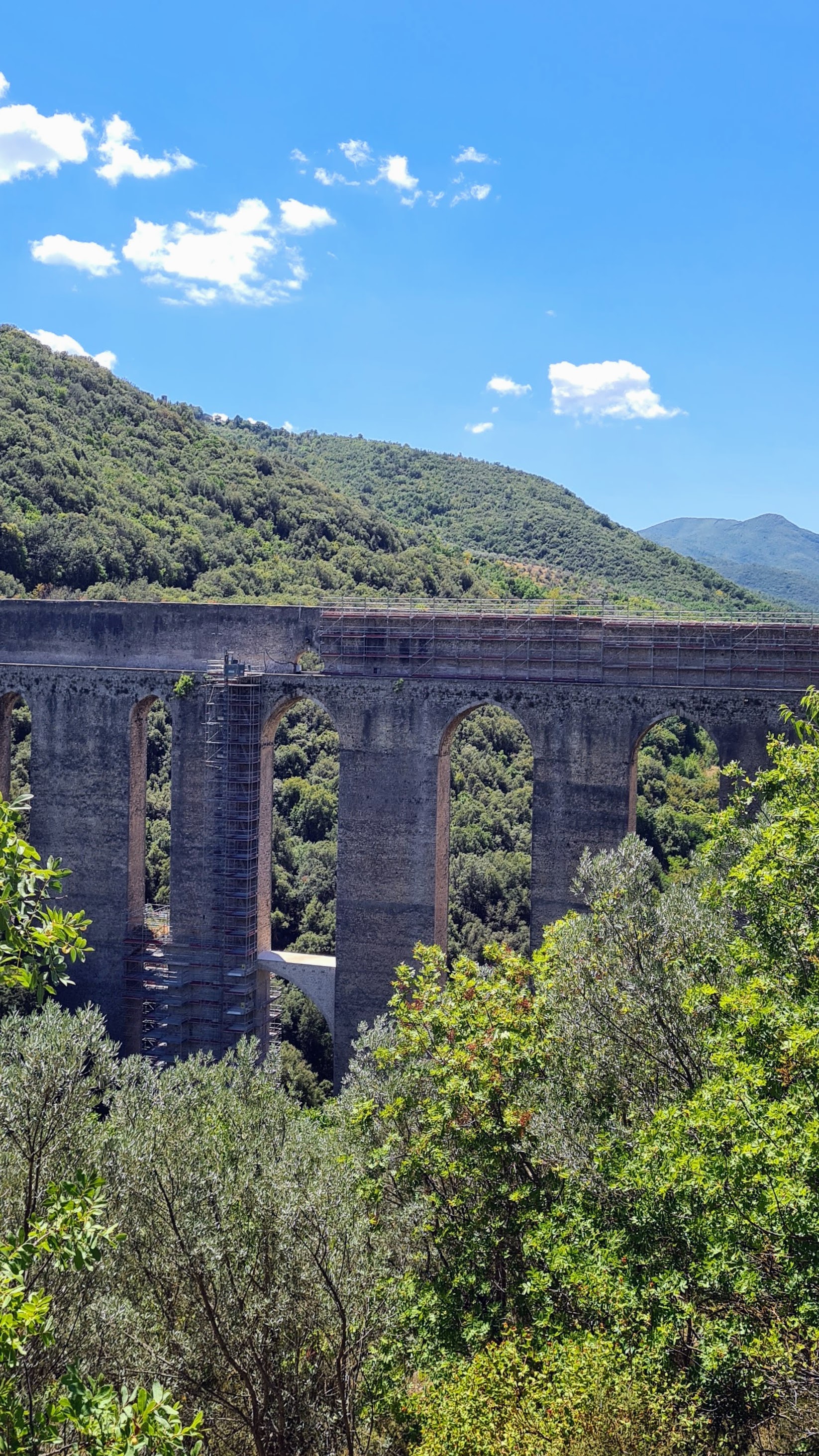
huge roman aquaduct outside the city |
Spello
Spello is a picturesque Umbrian town near the more well-known town of Assisi in the province of Perugia. This medieval town is surrounded by walls and today, is probably most known for its famous flower festival, the Infiorata.
A great place to visit or holiday but probably too many tourists to live there.
|
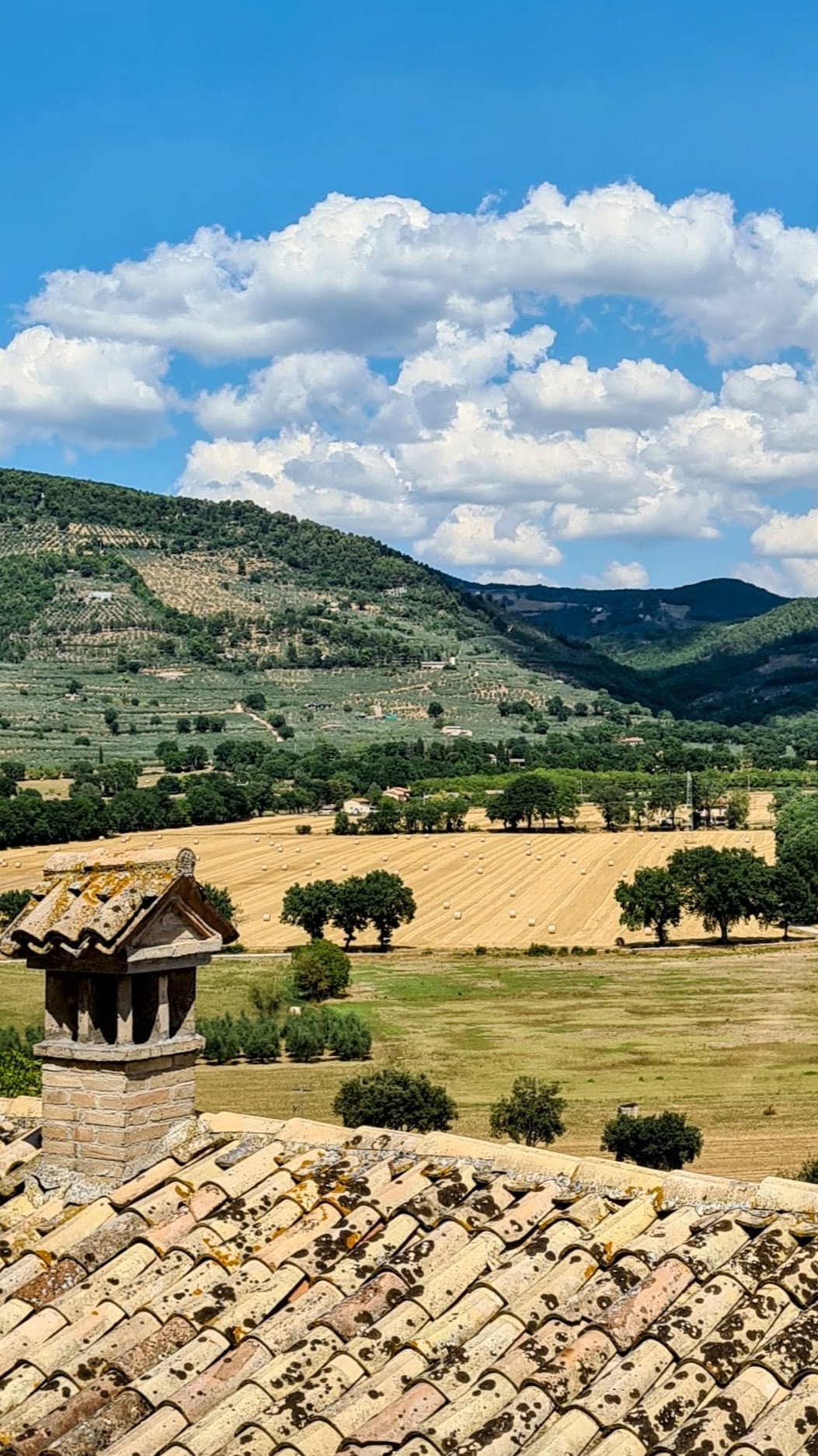
|

|

|
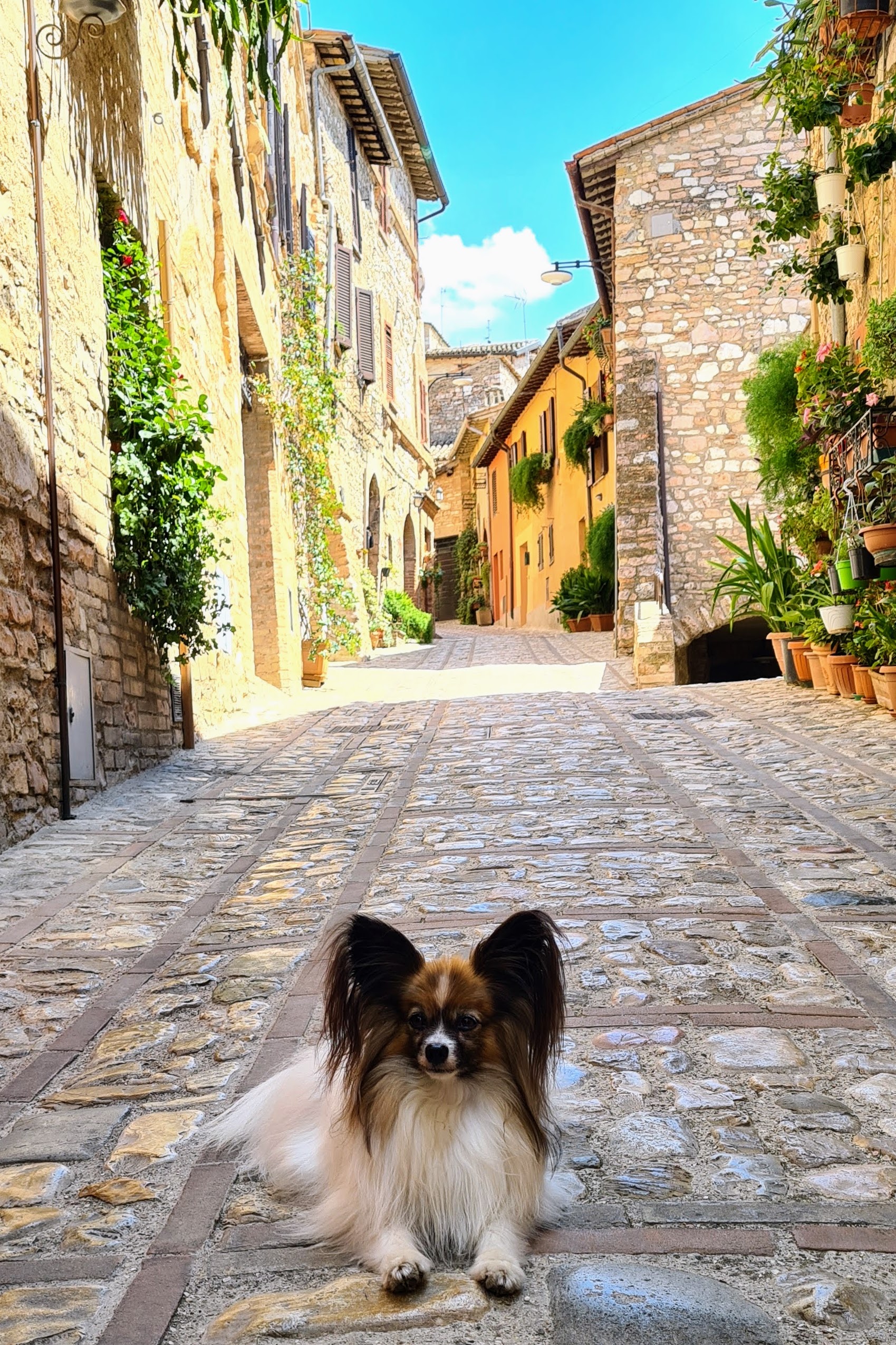
|

|

|

|

|